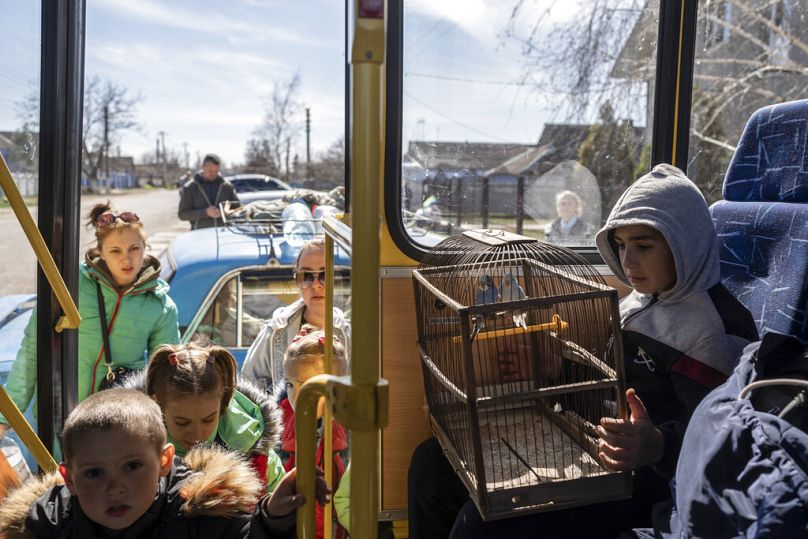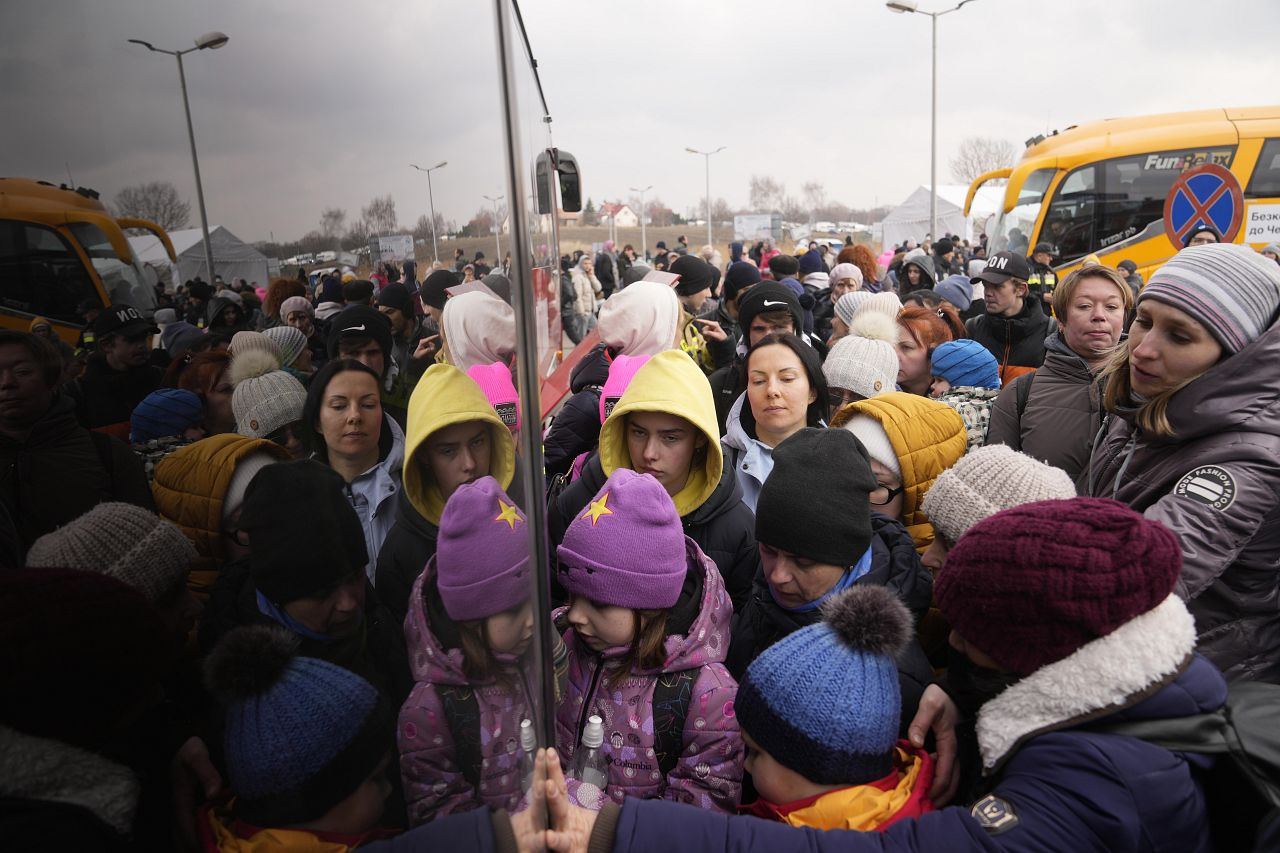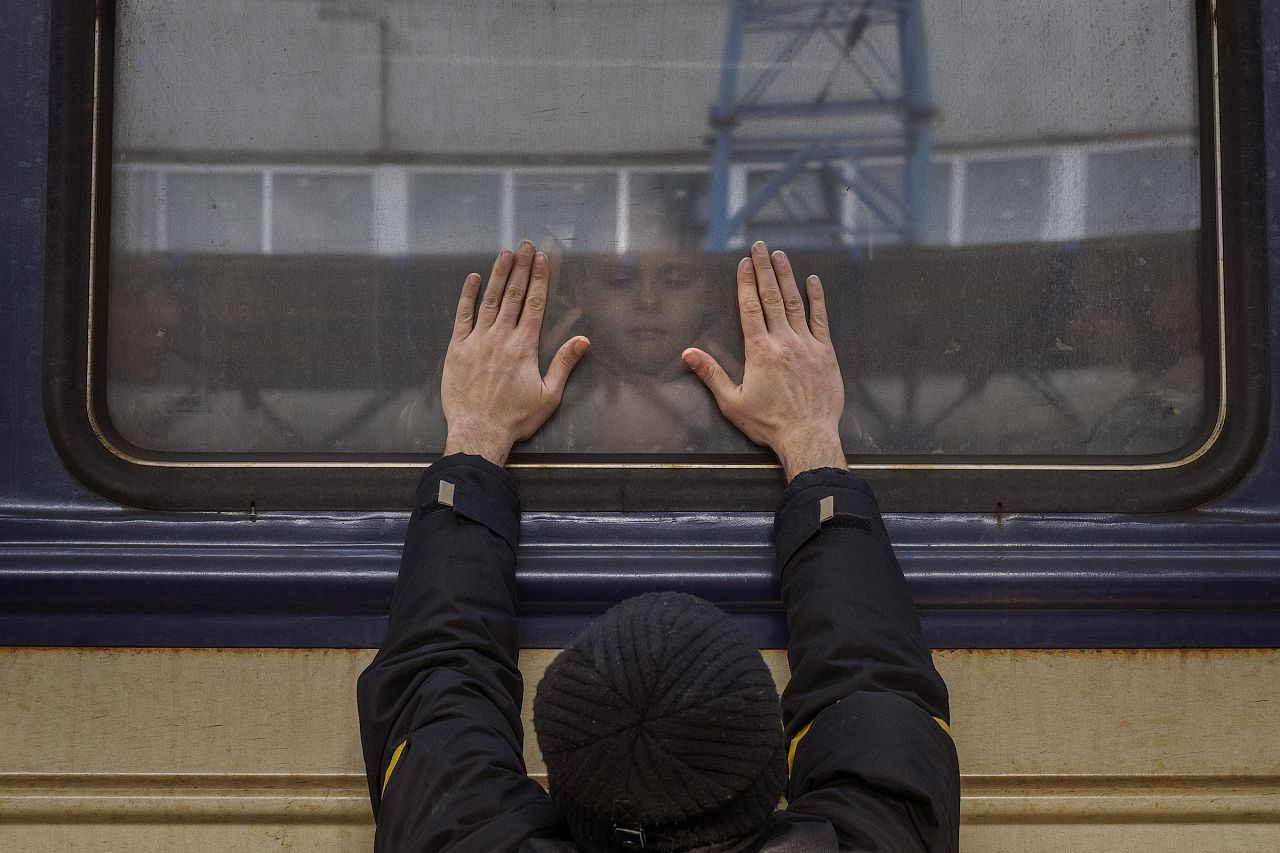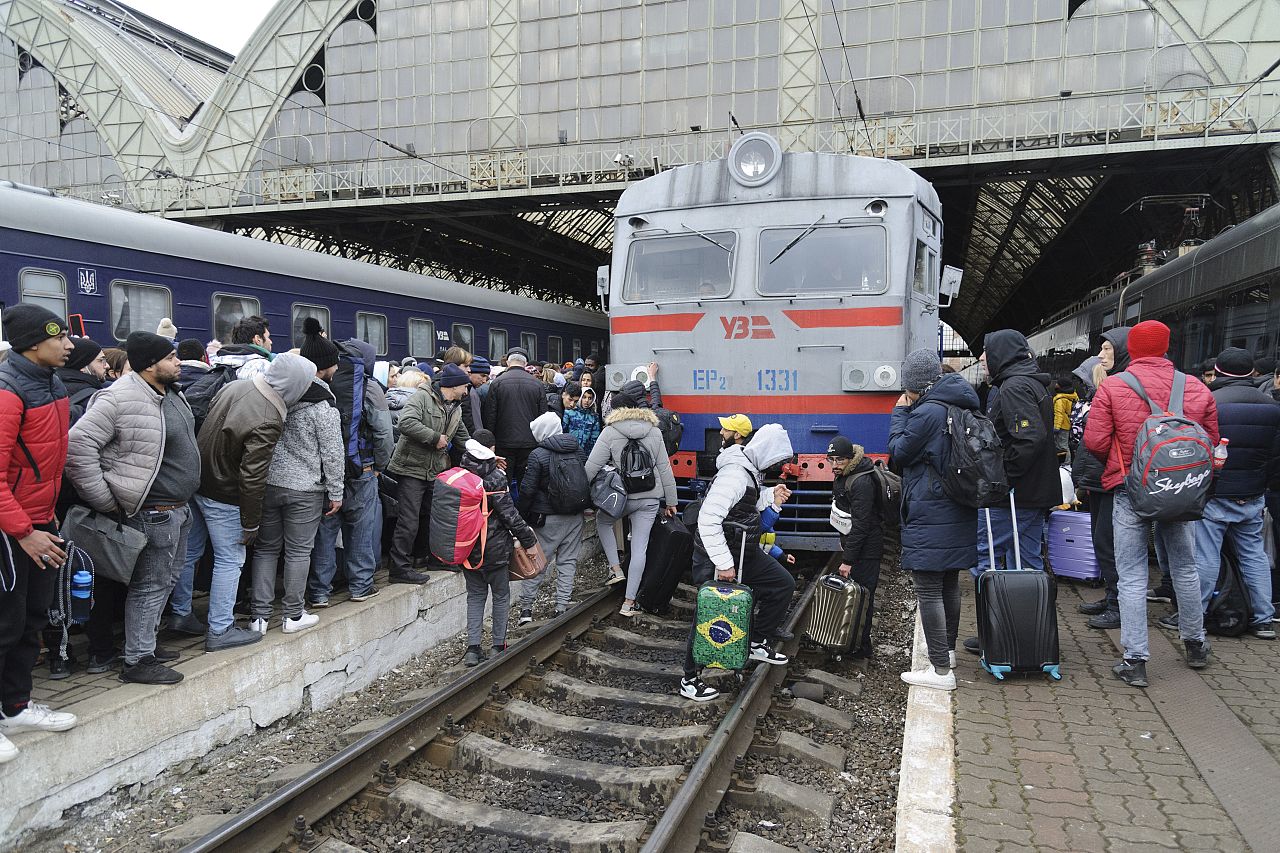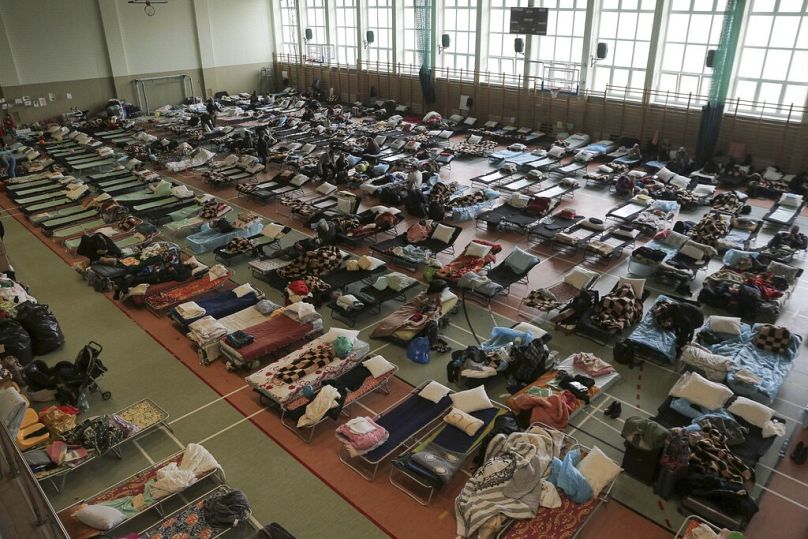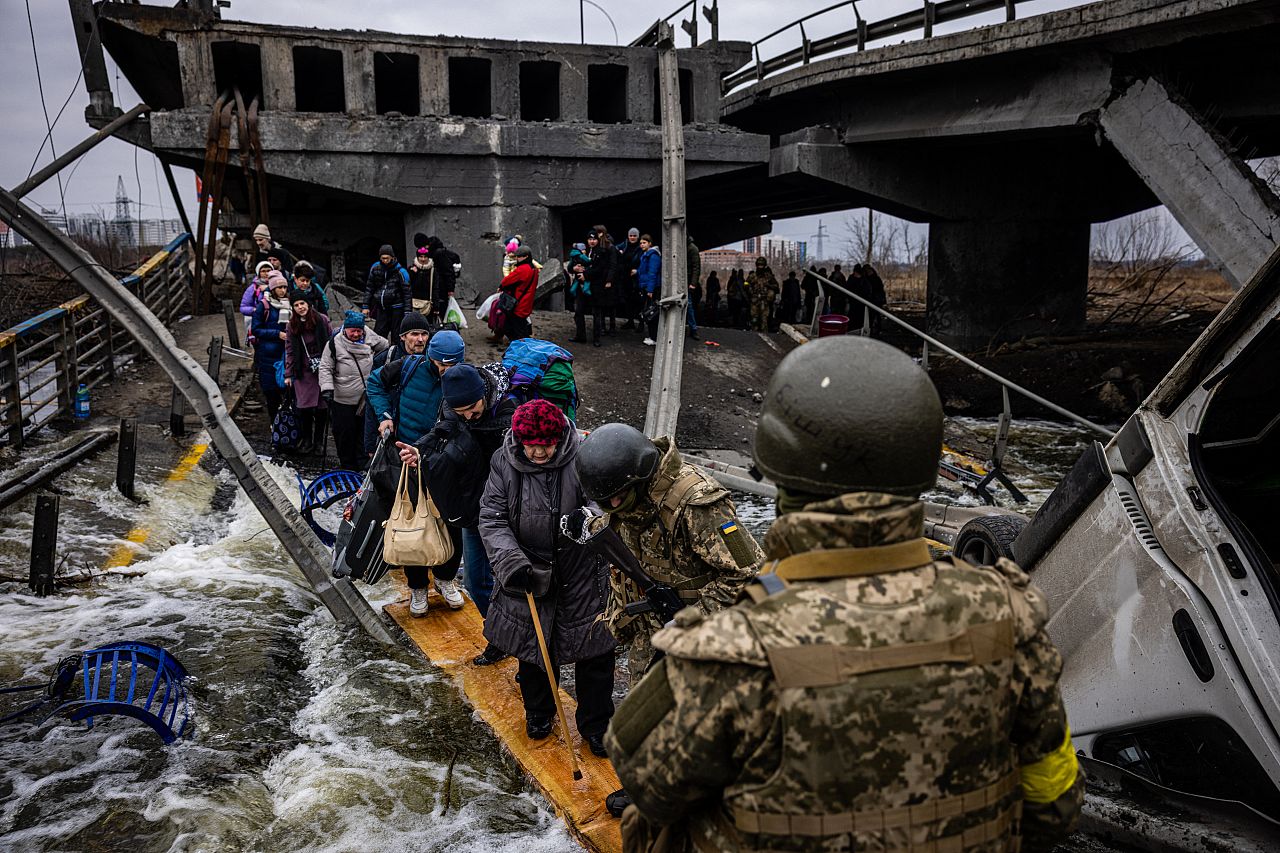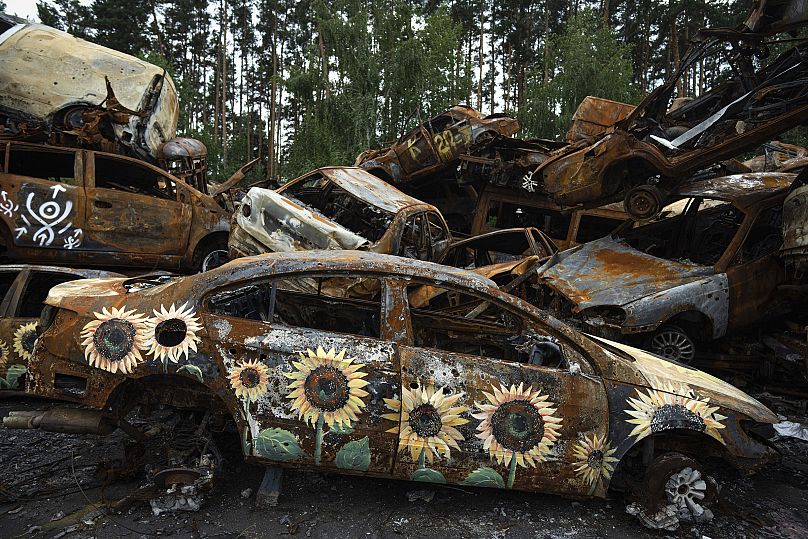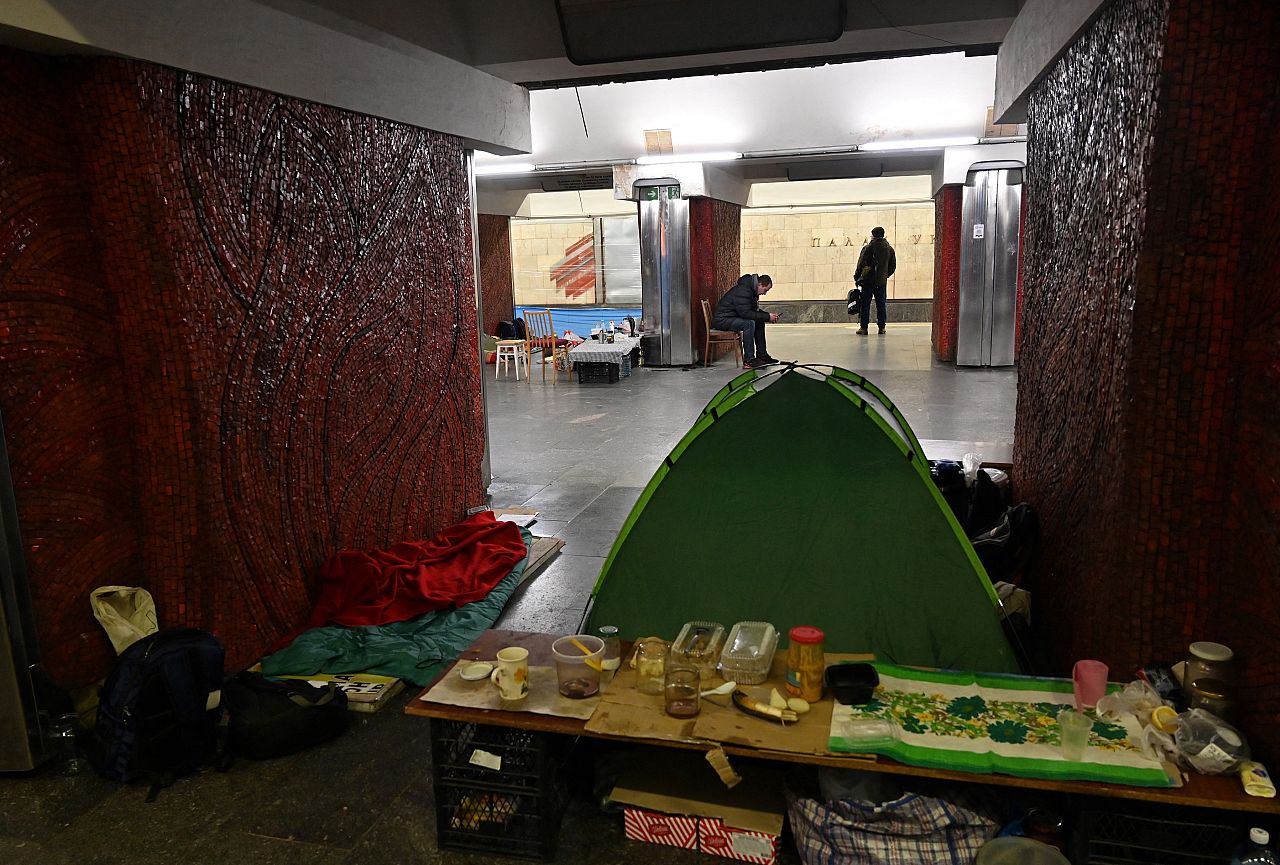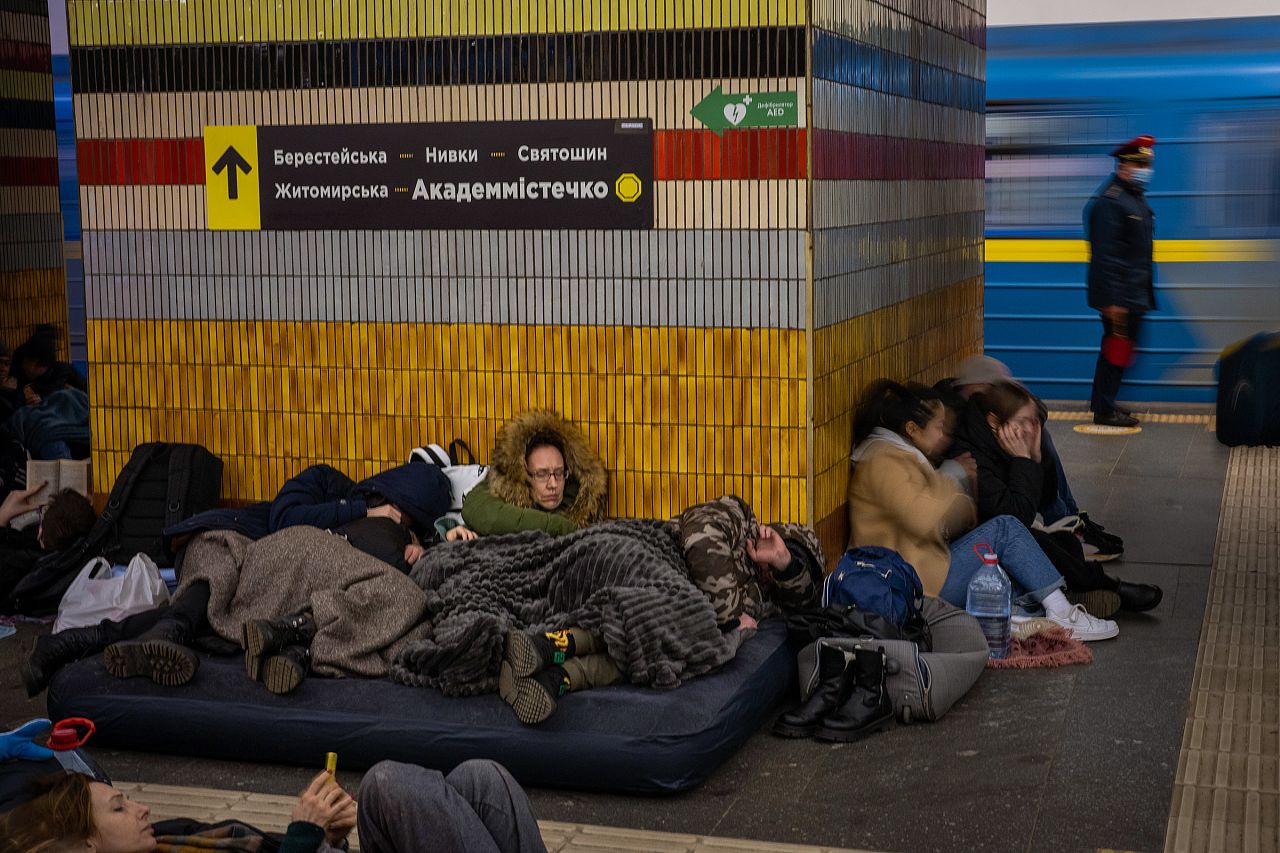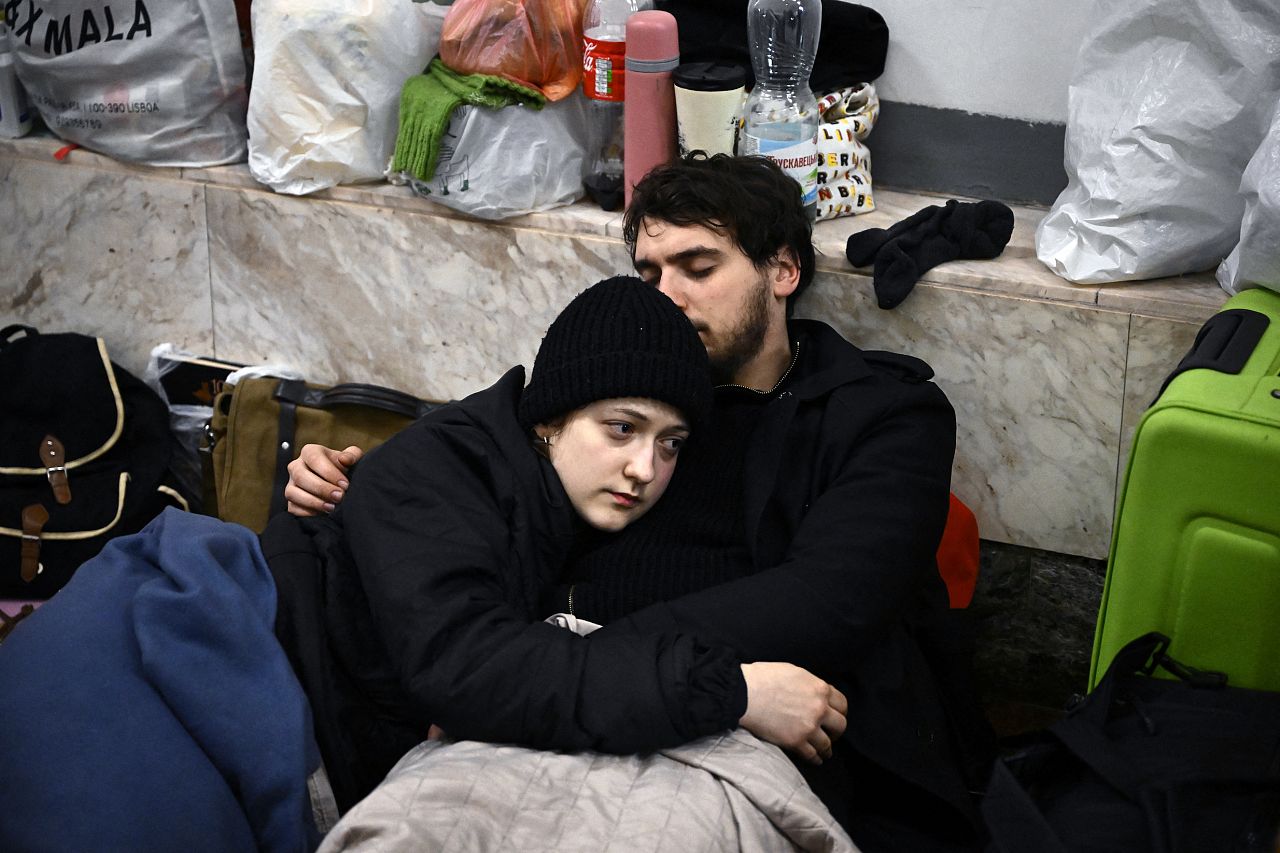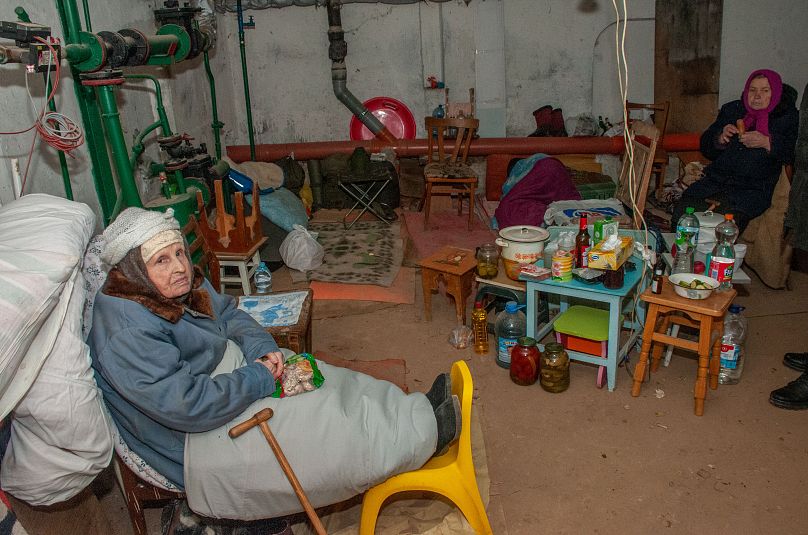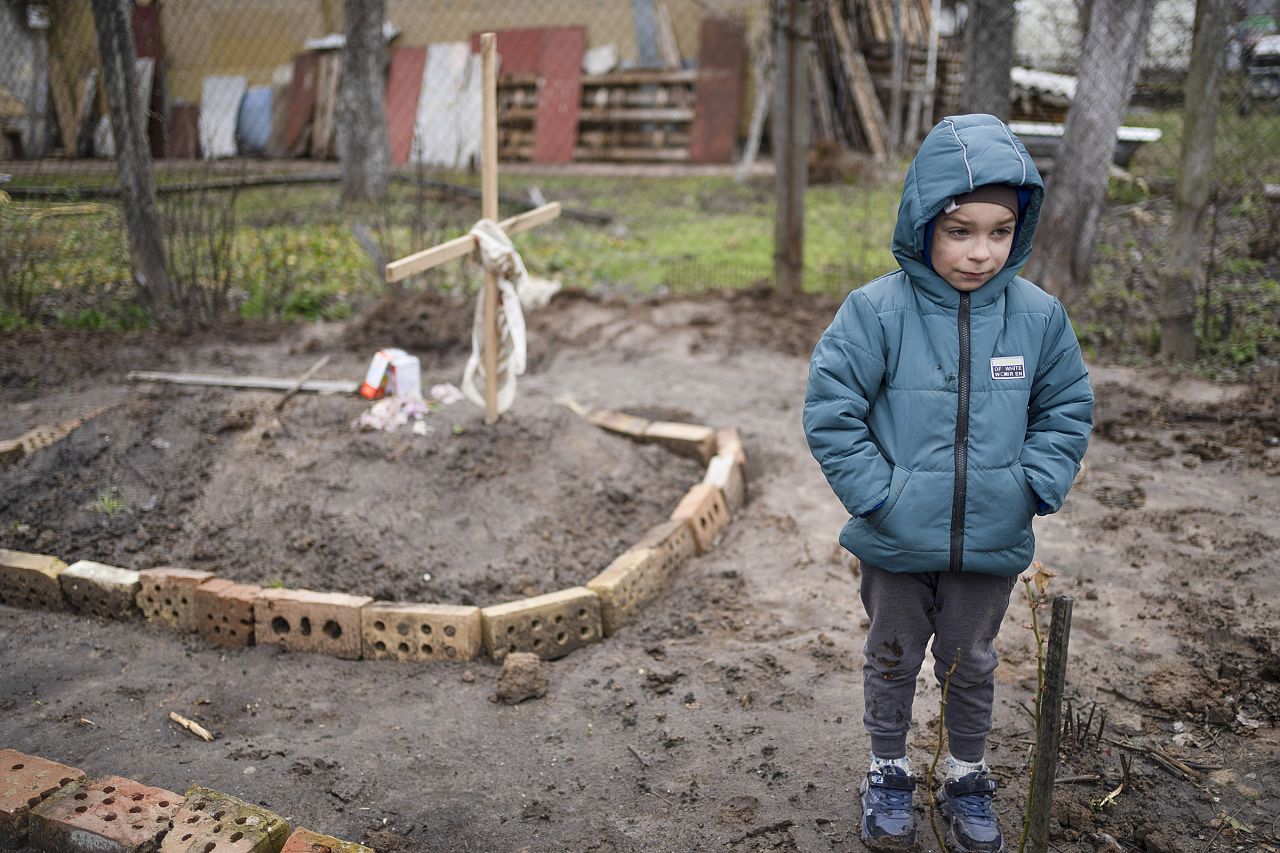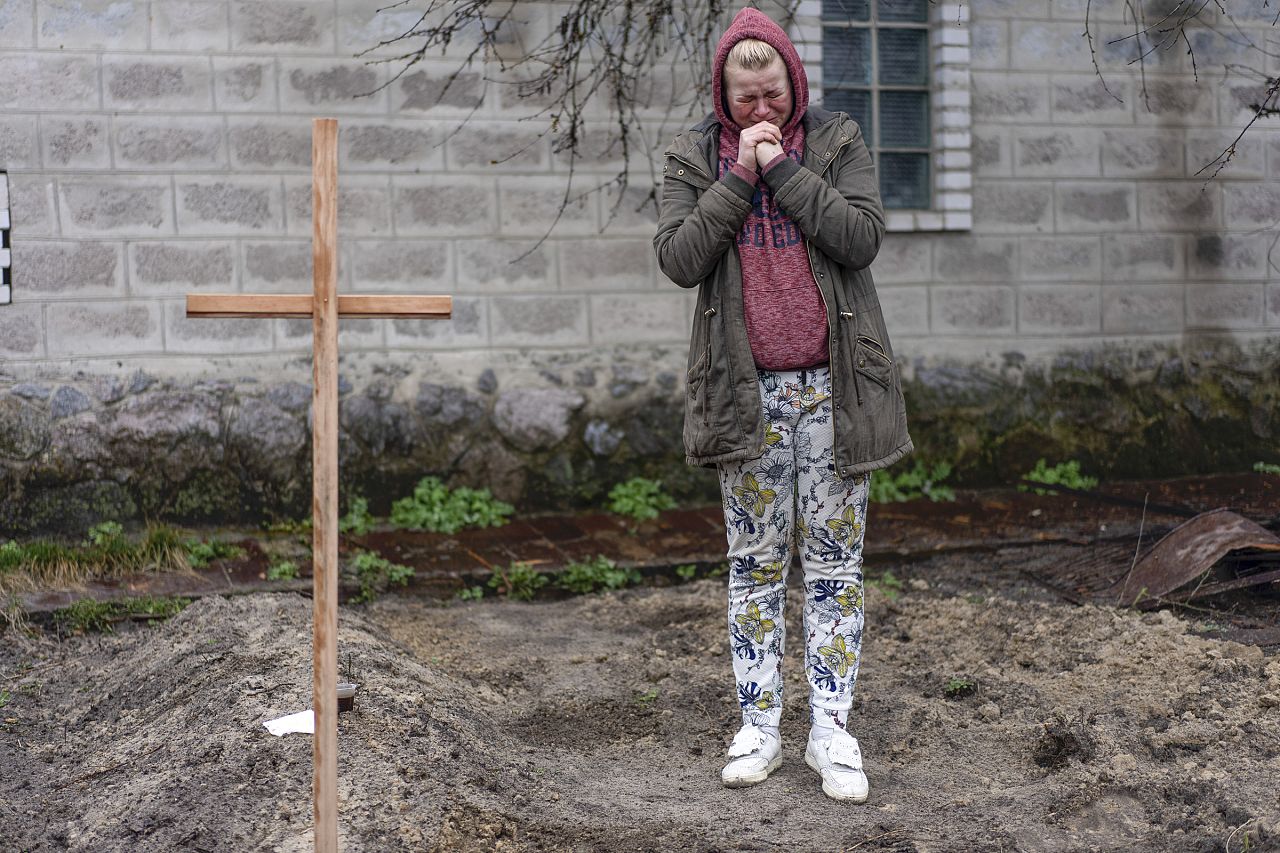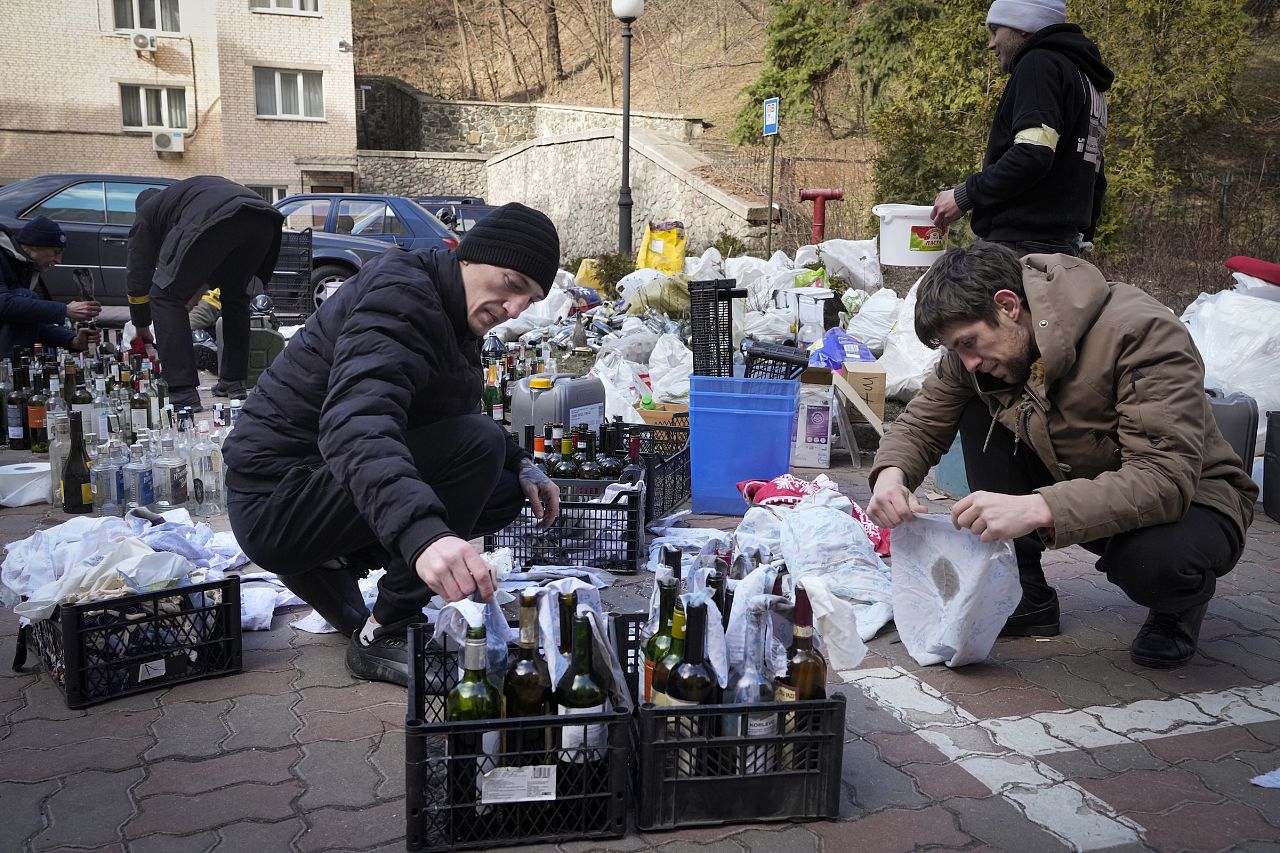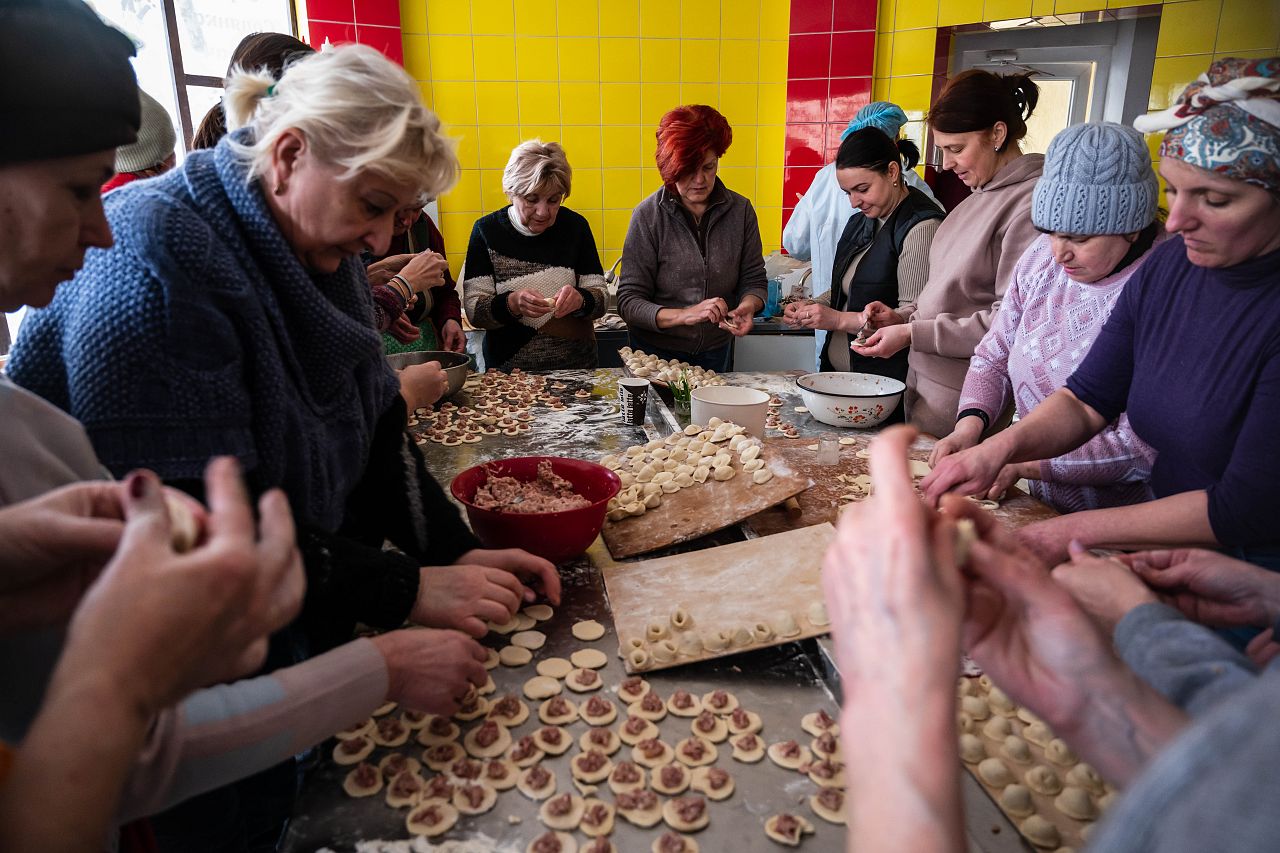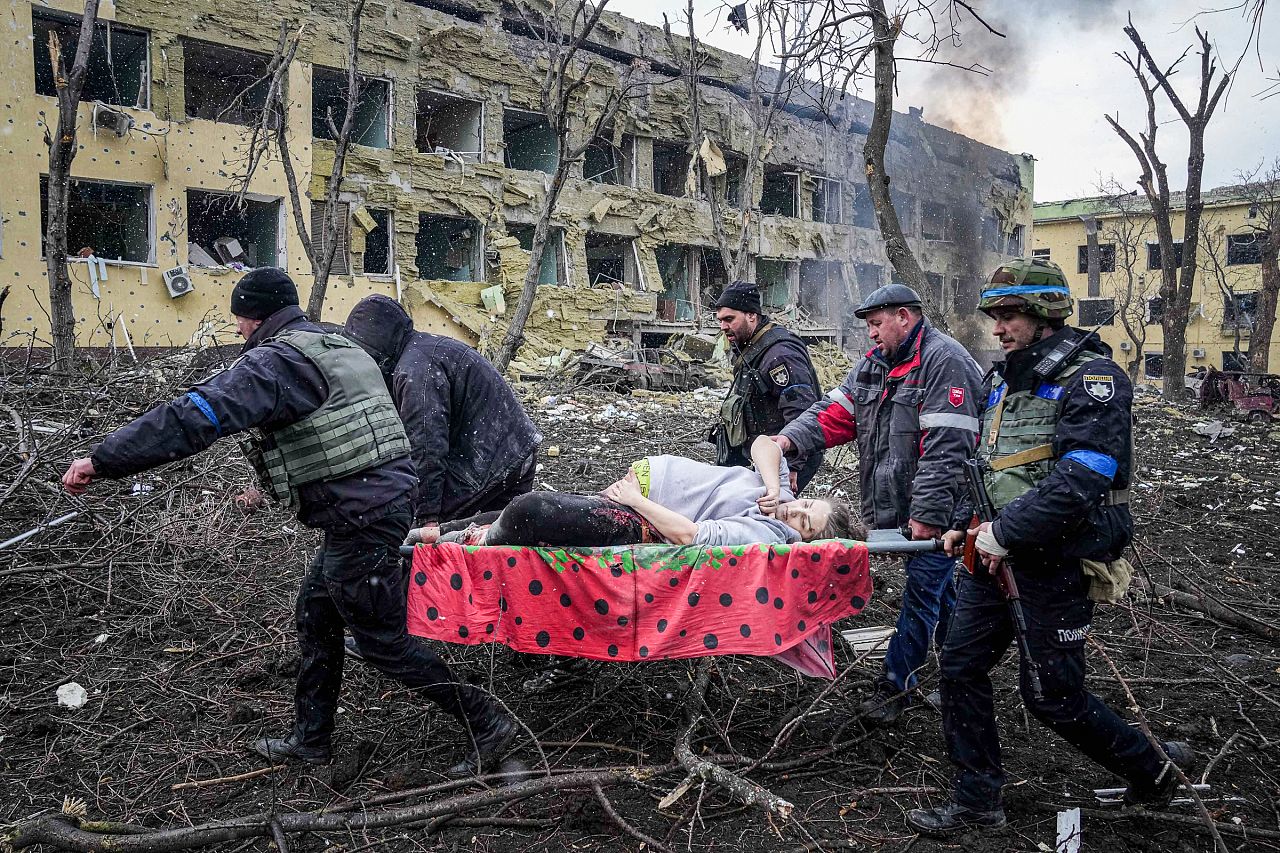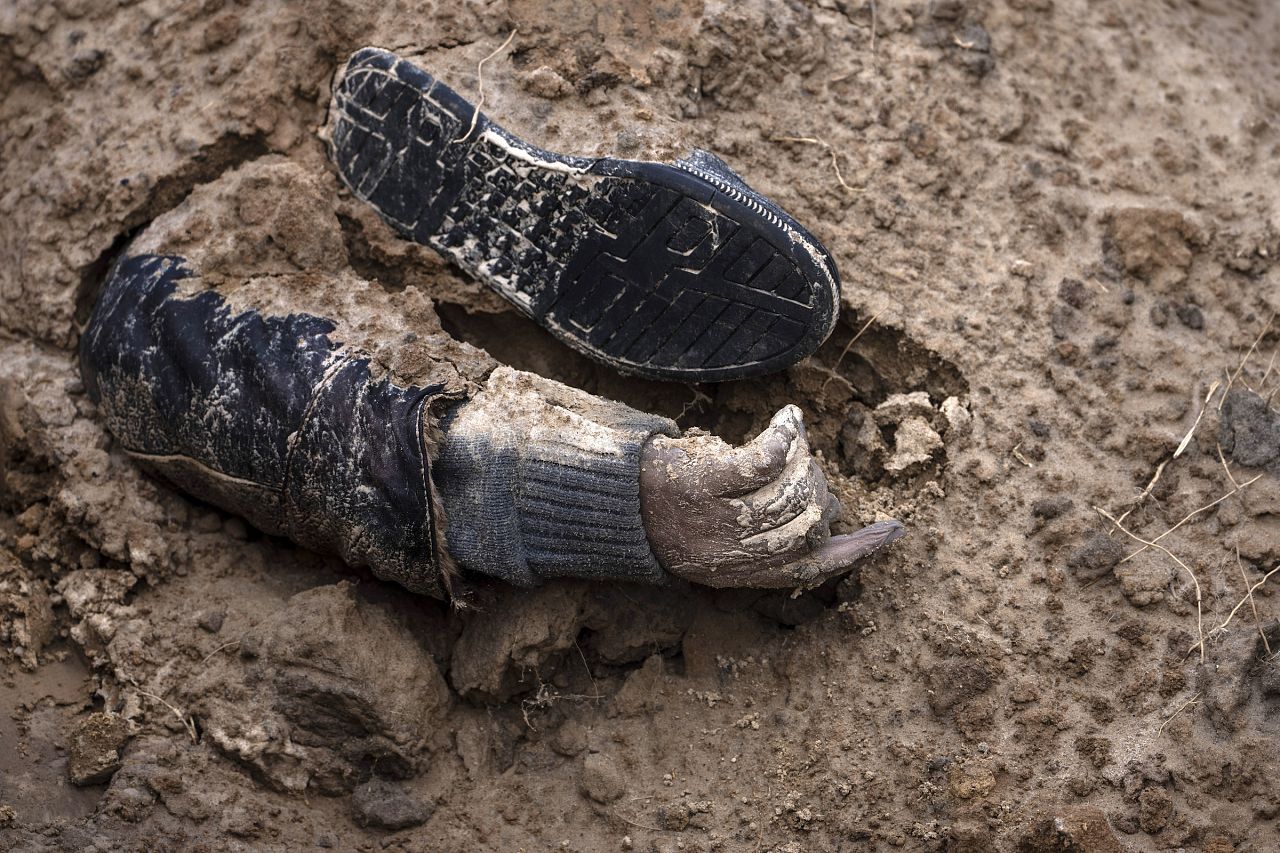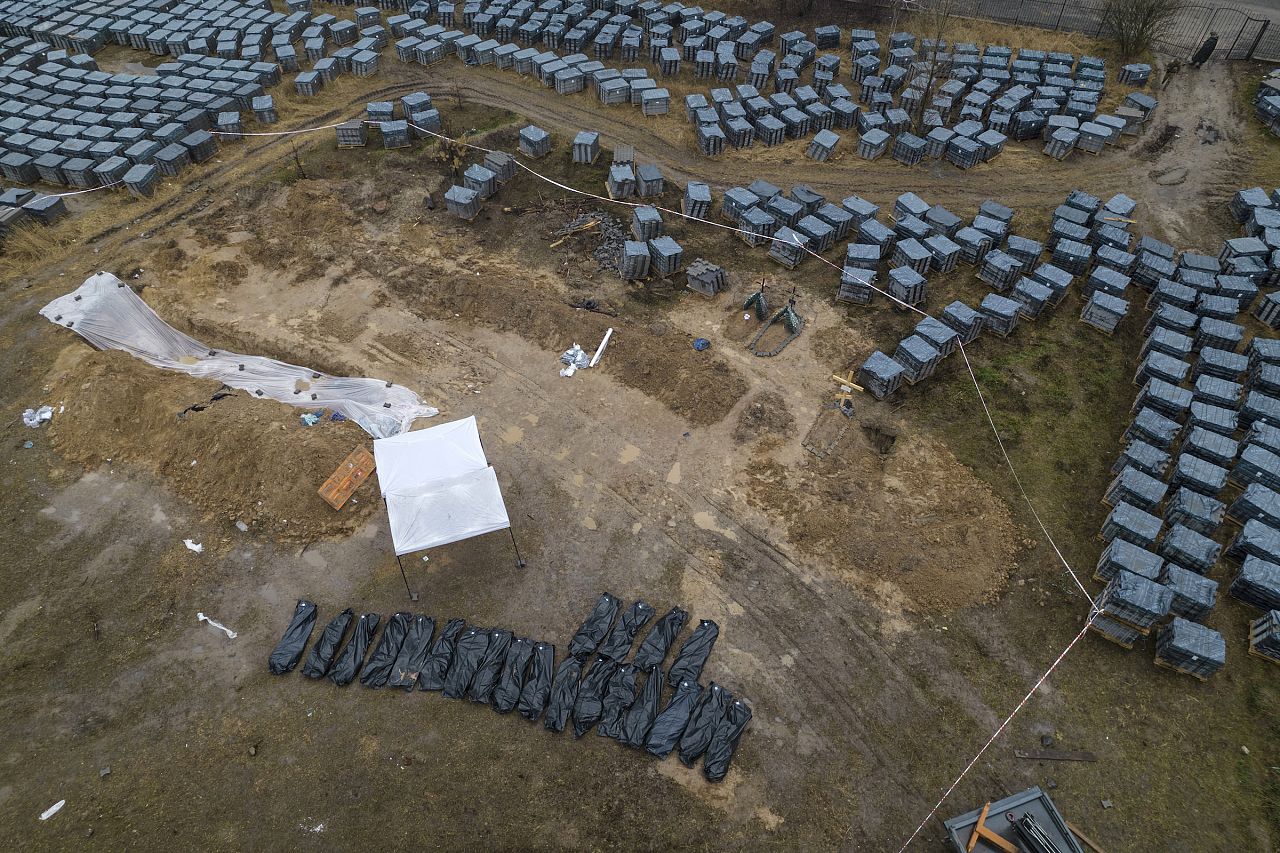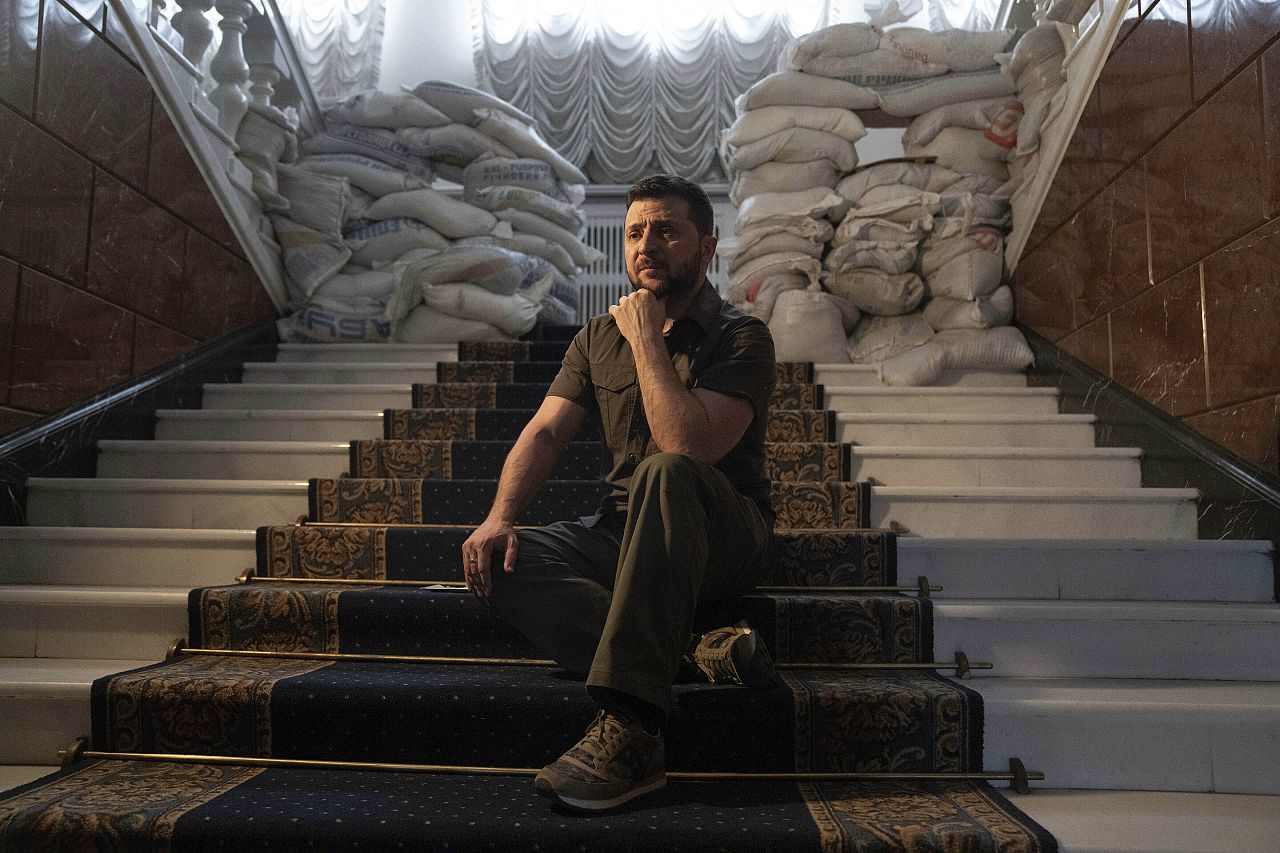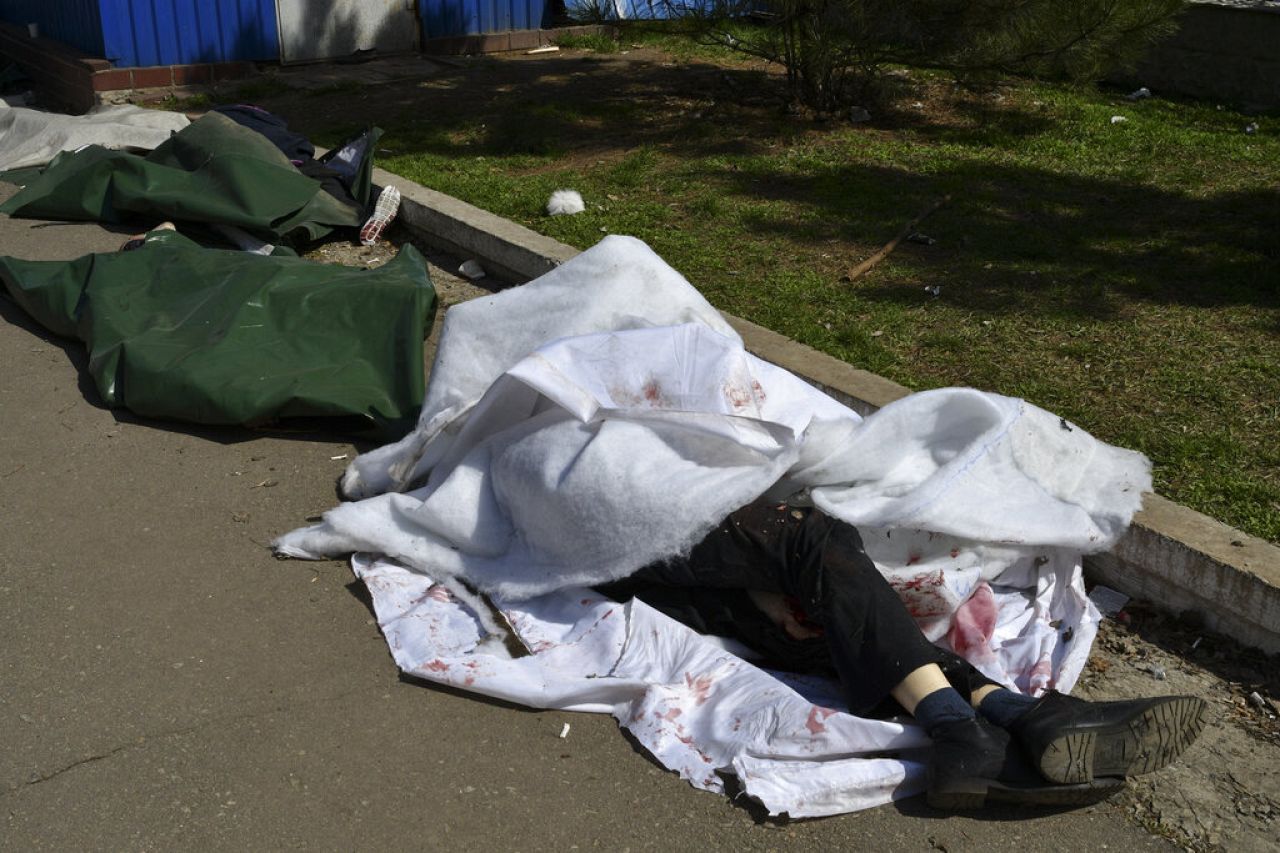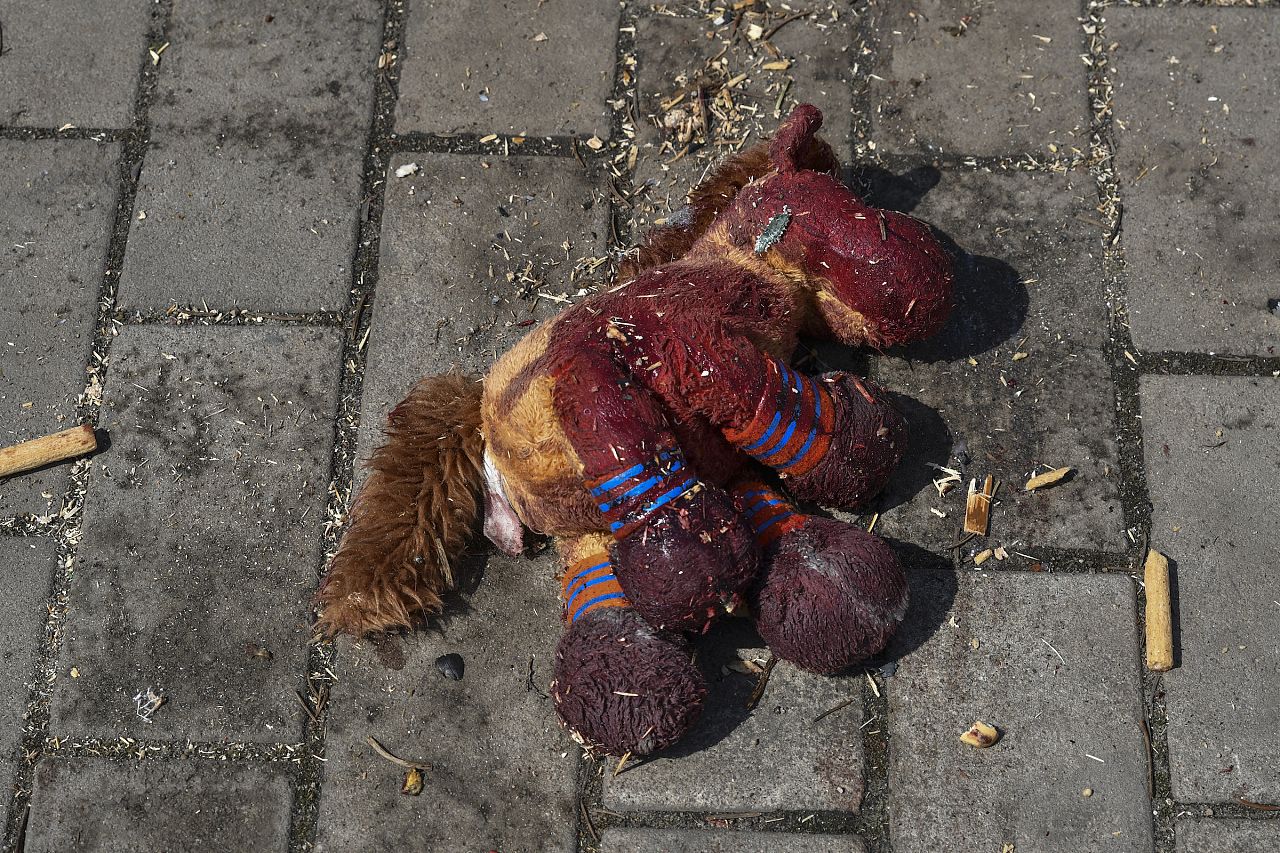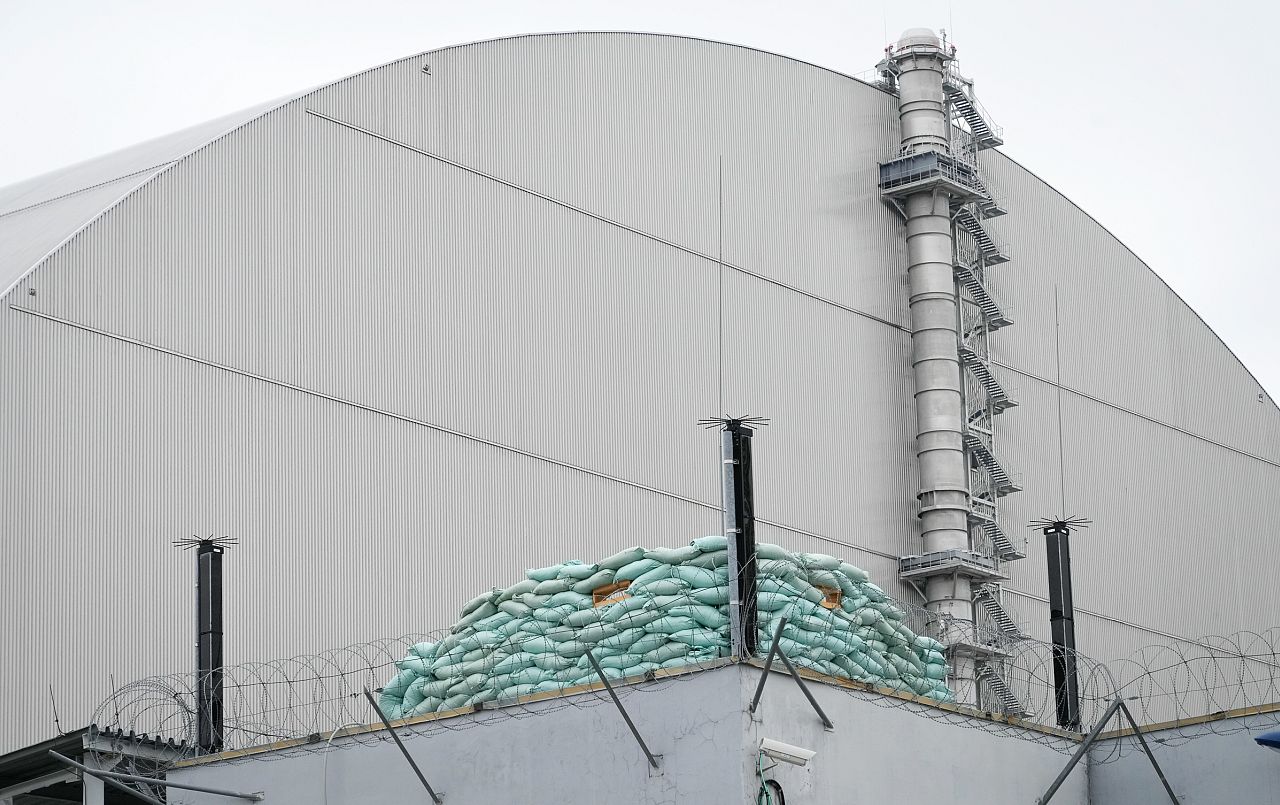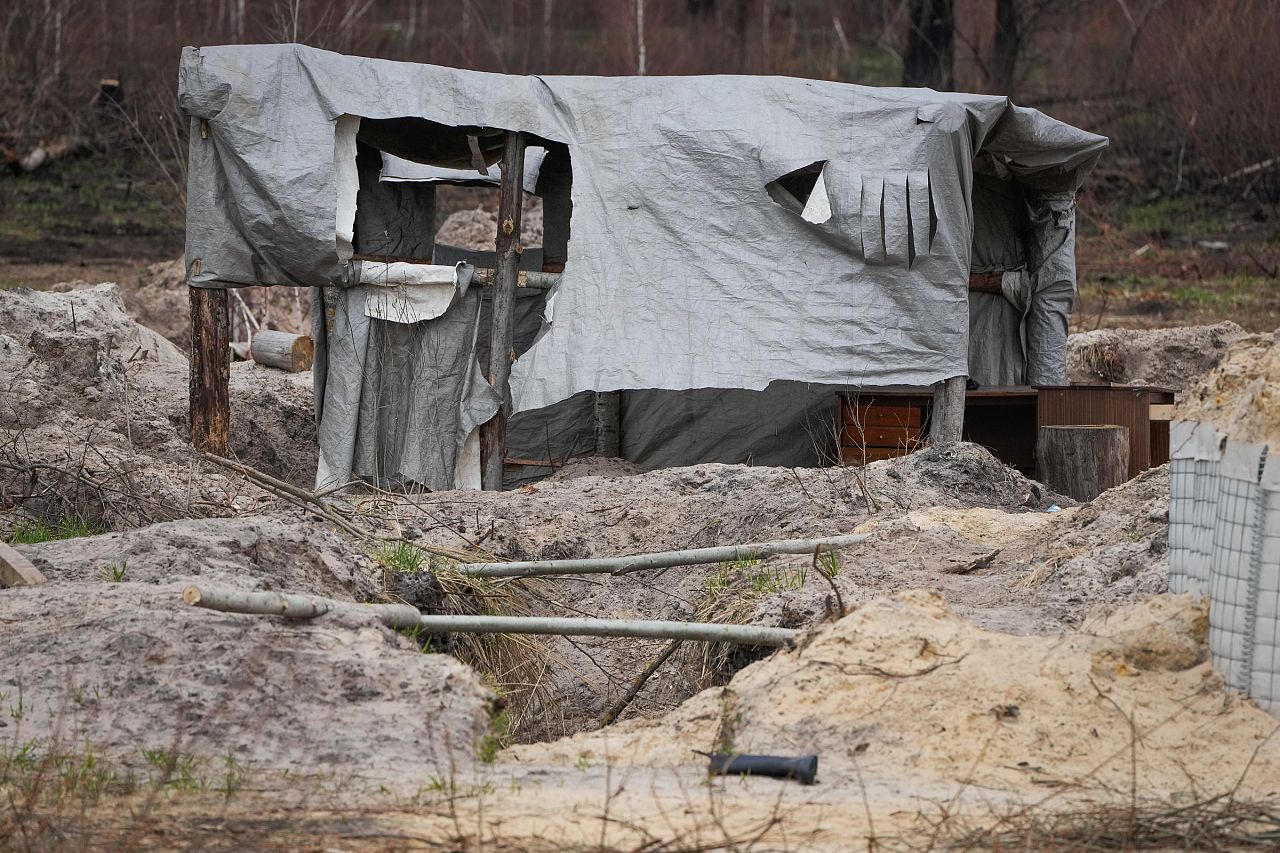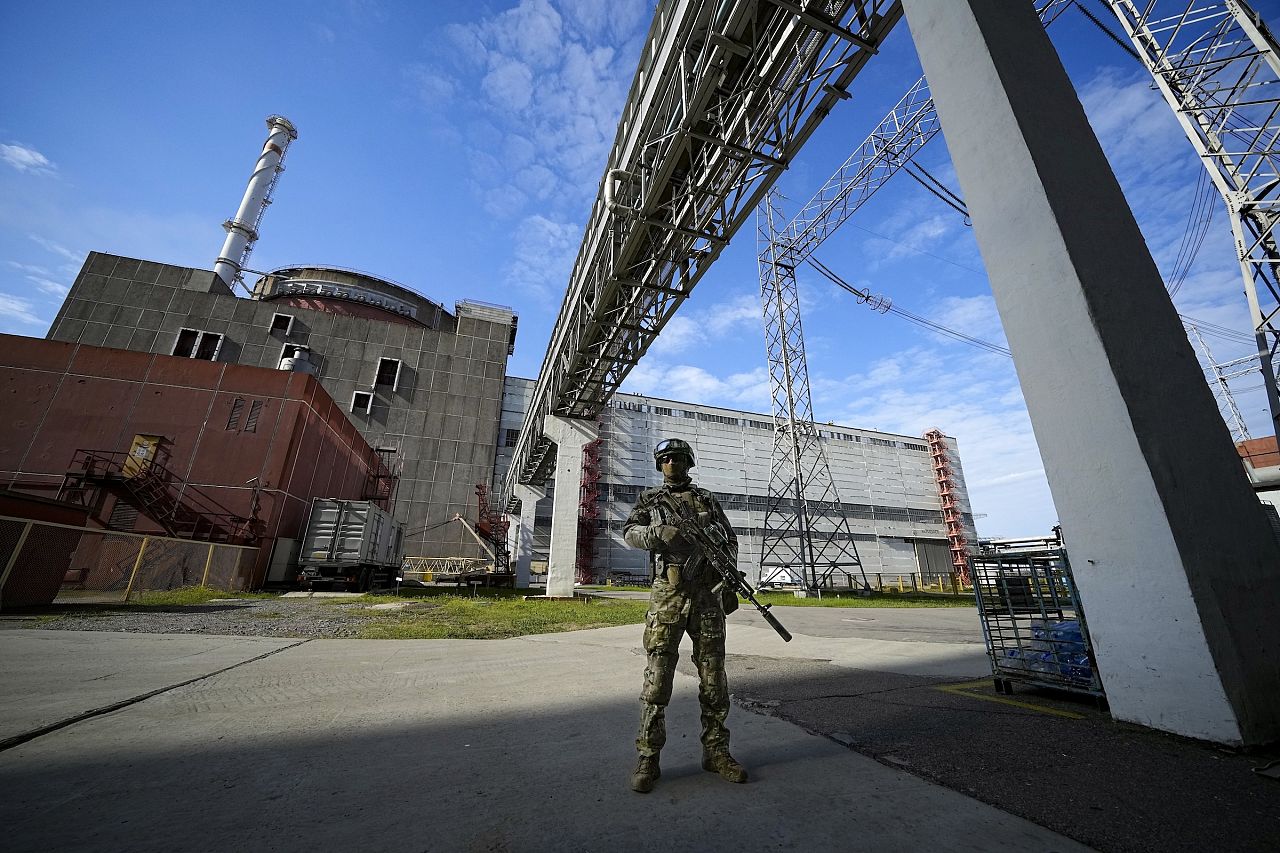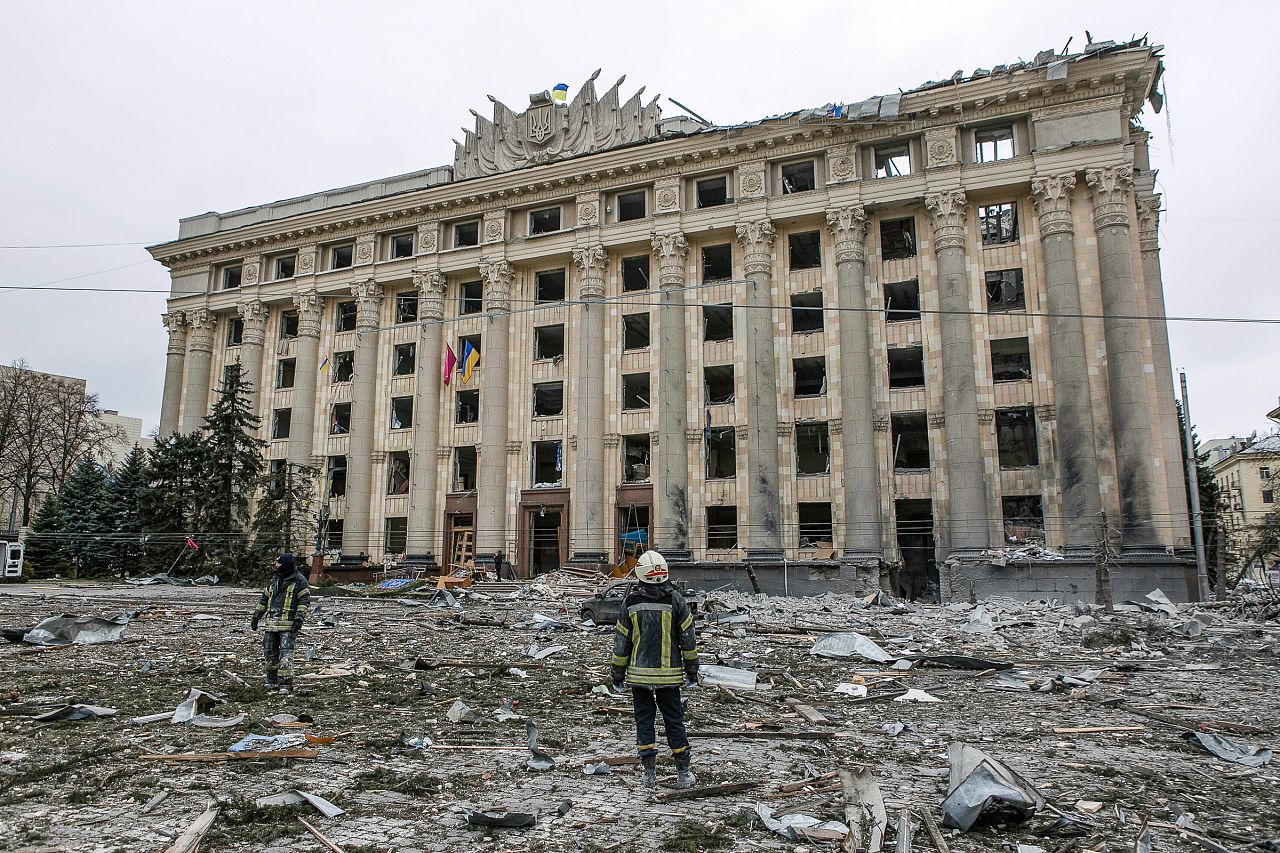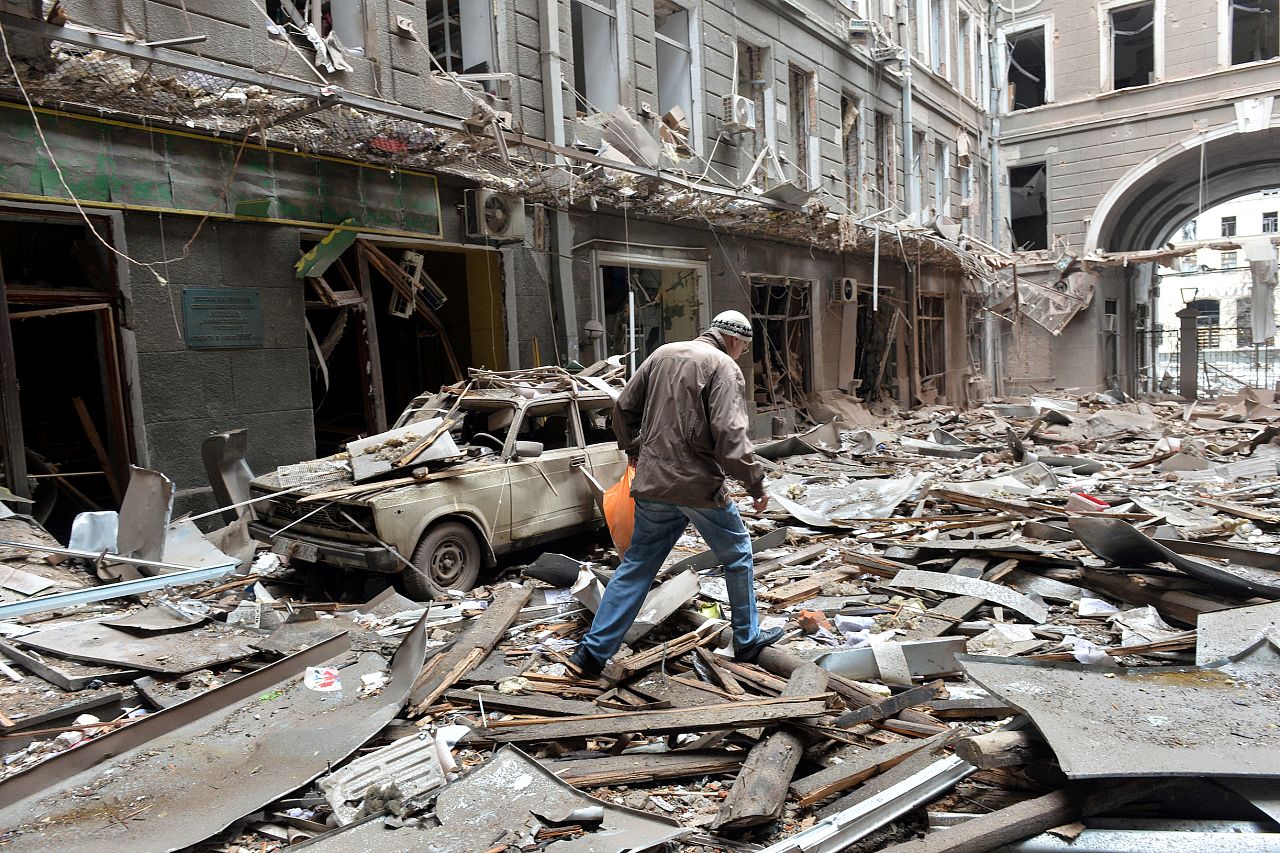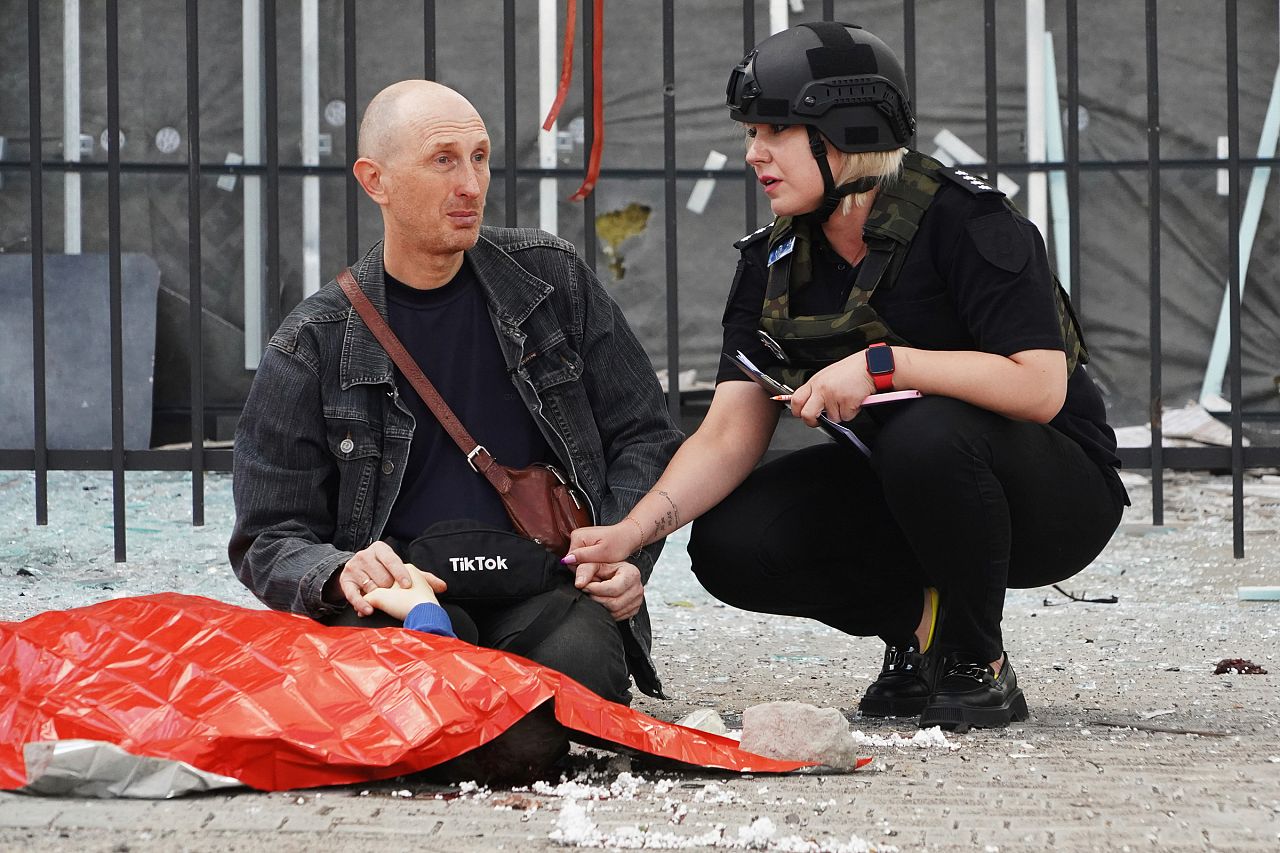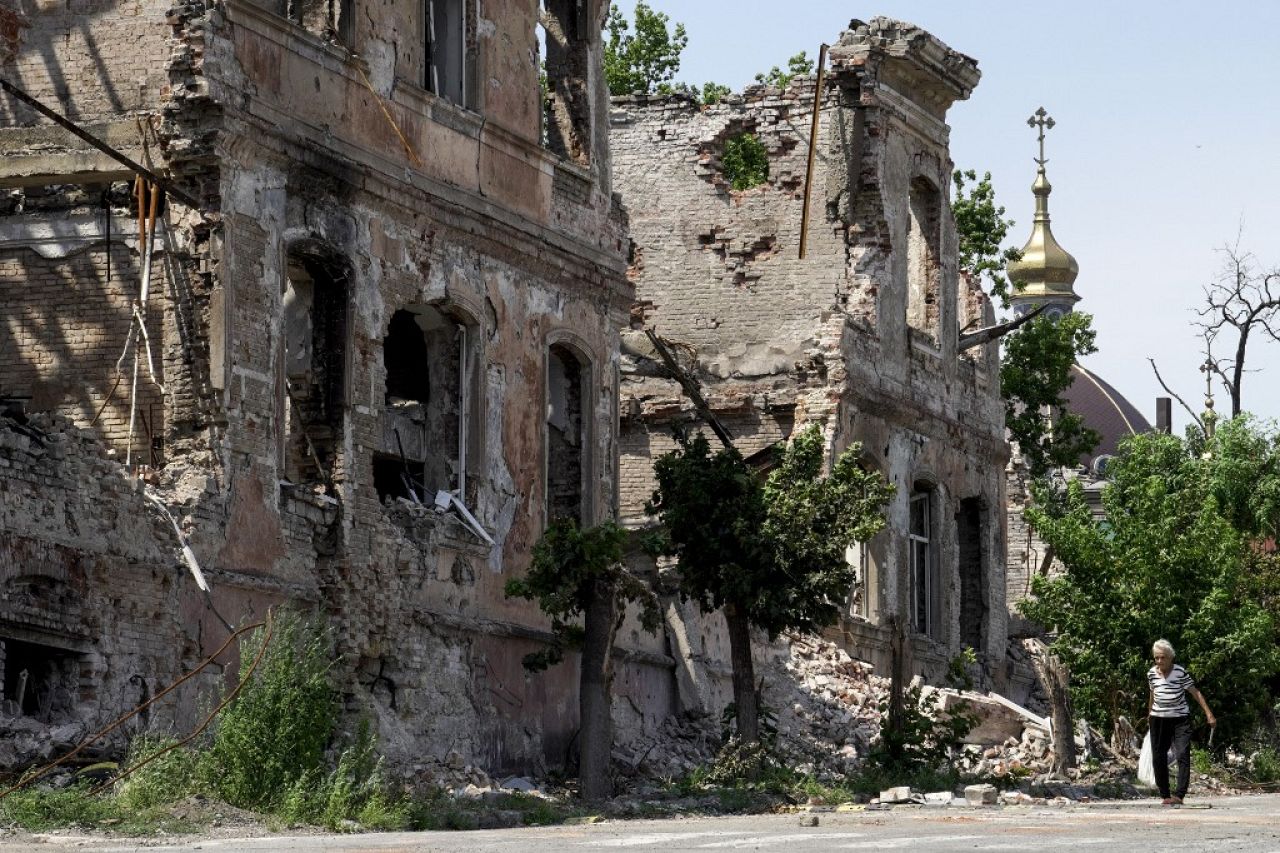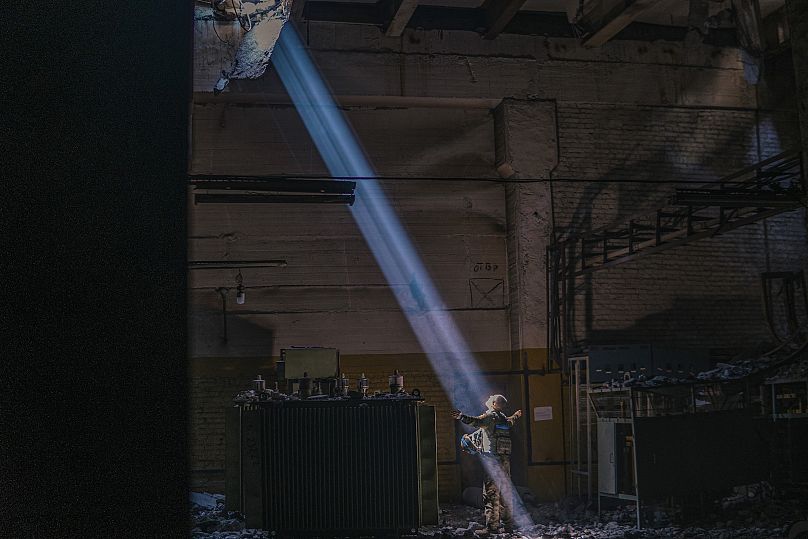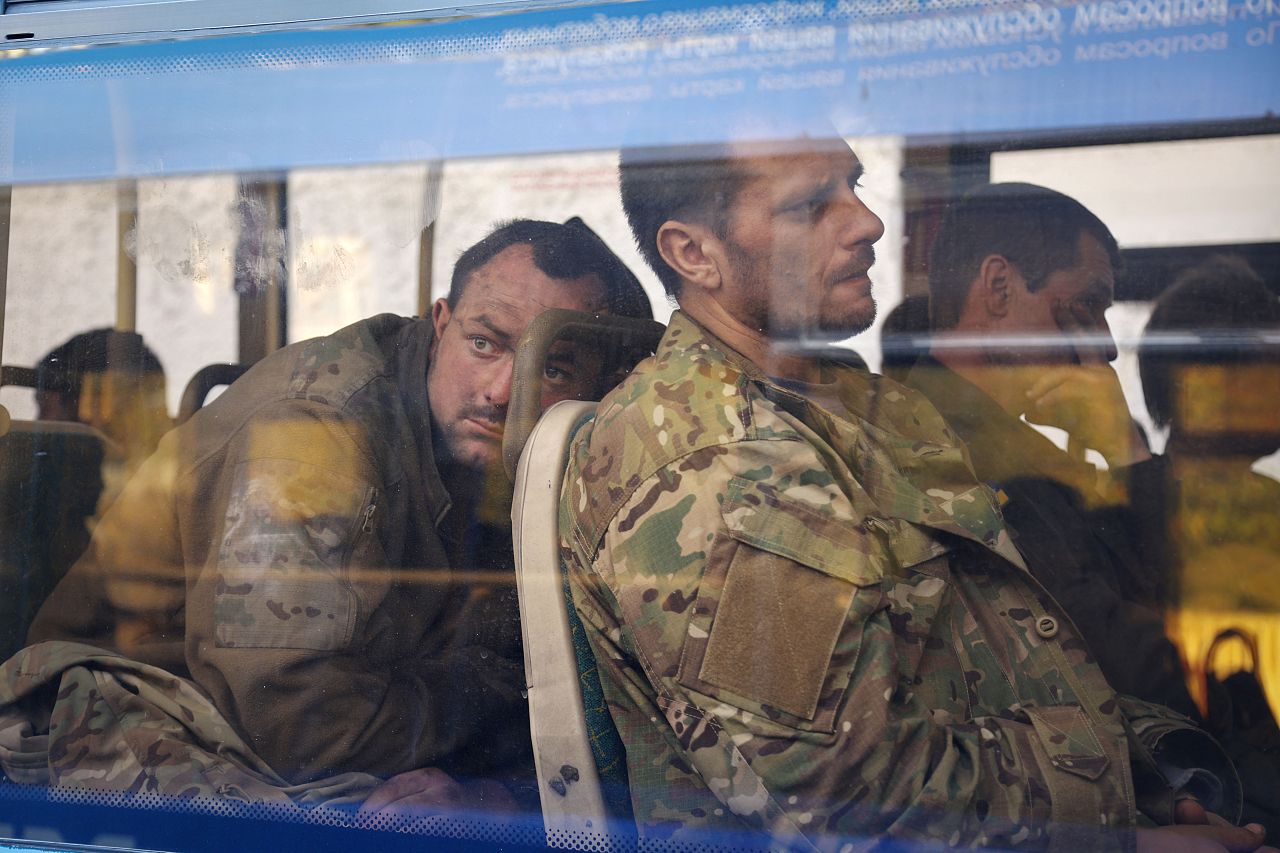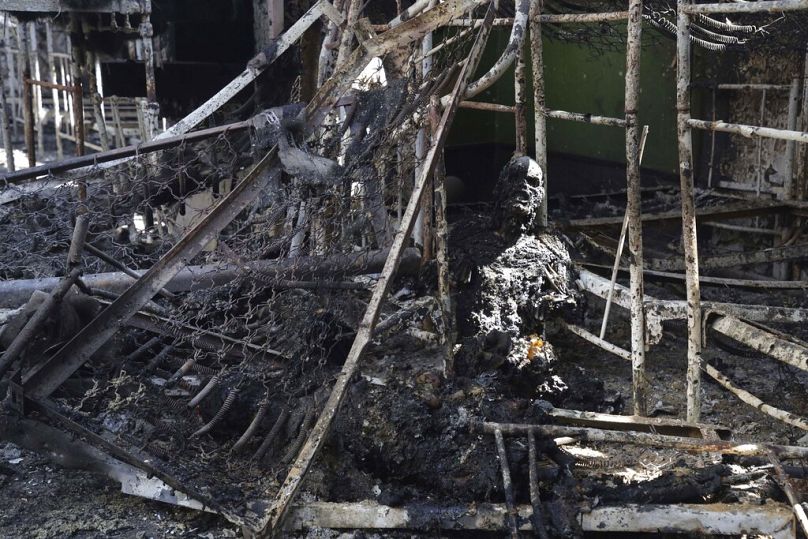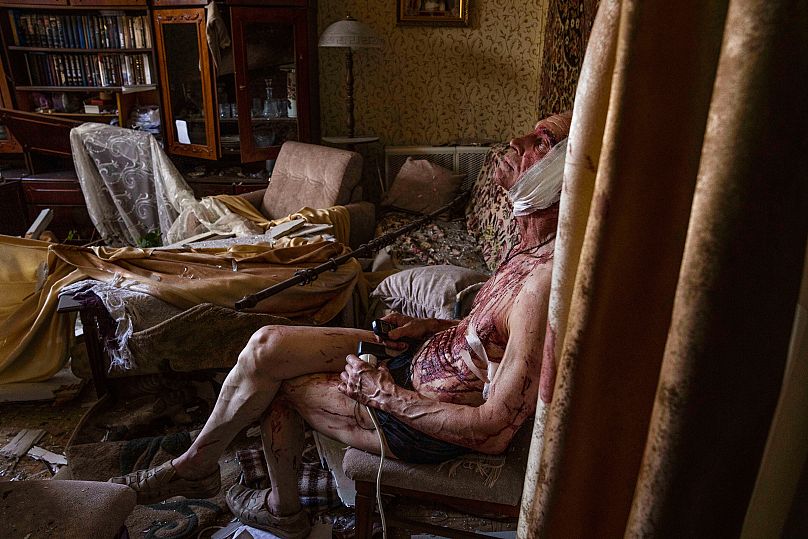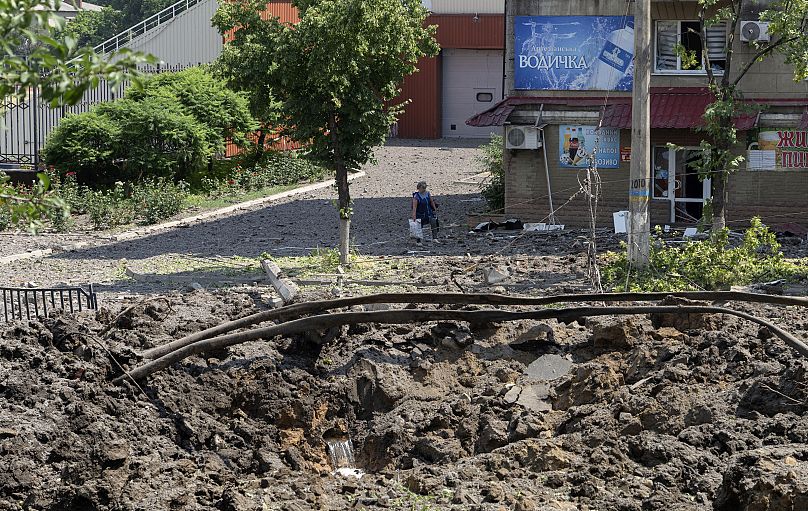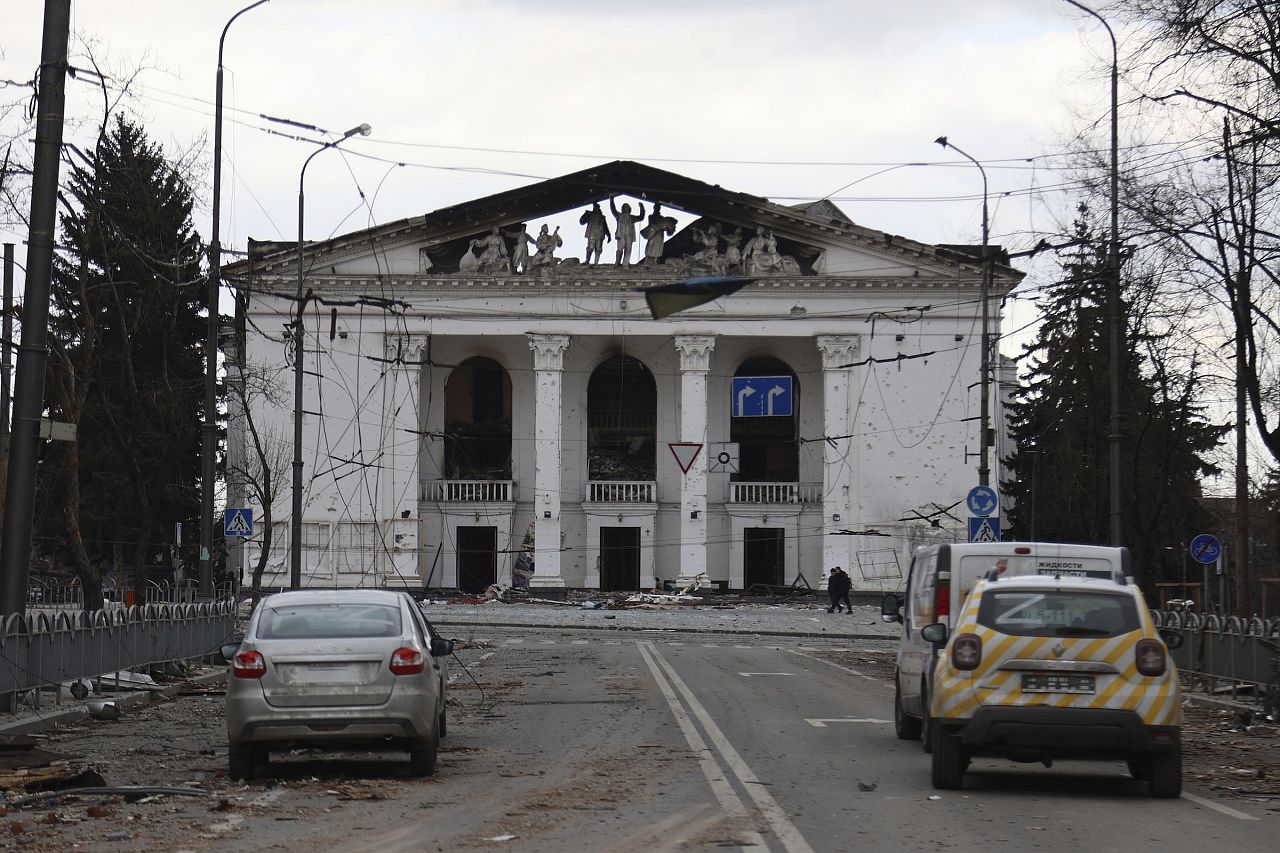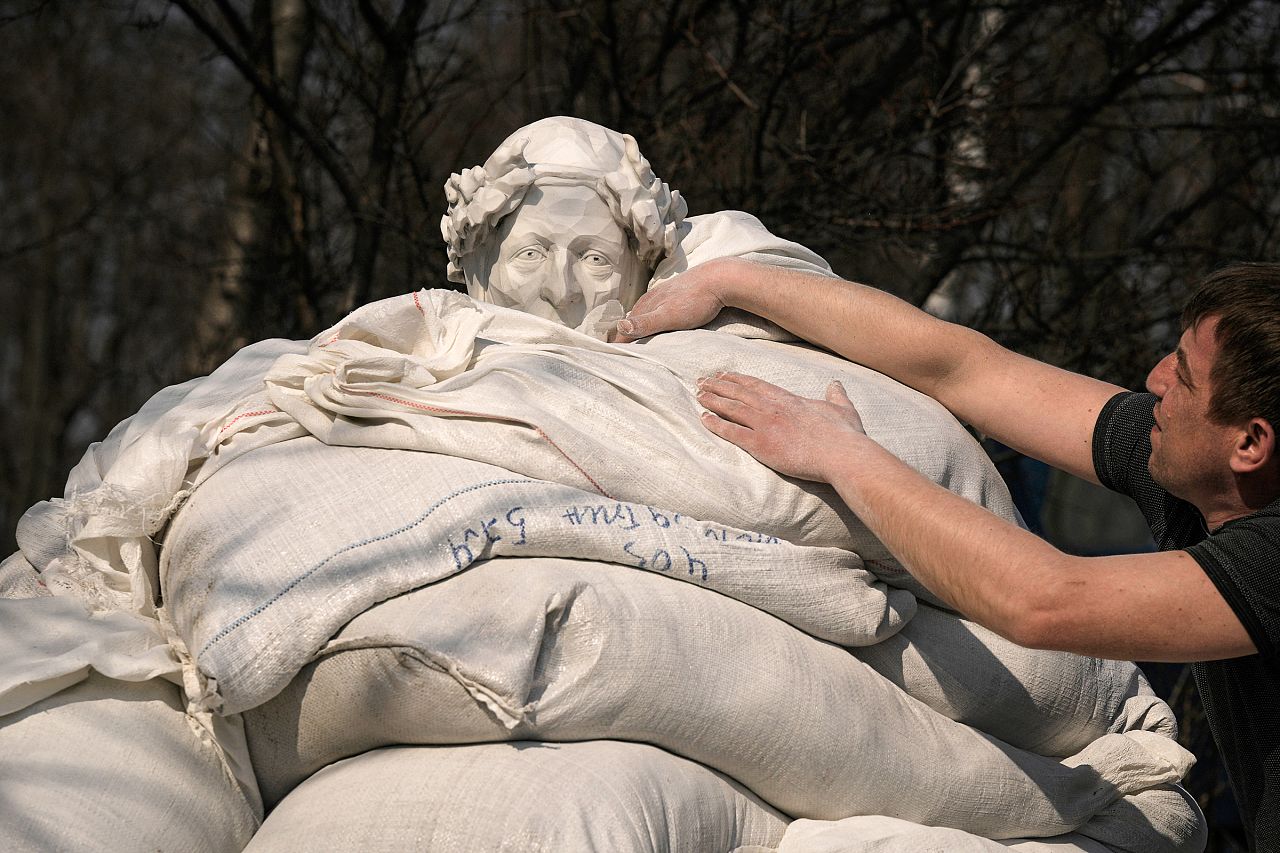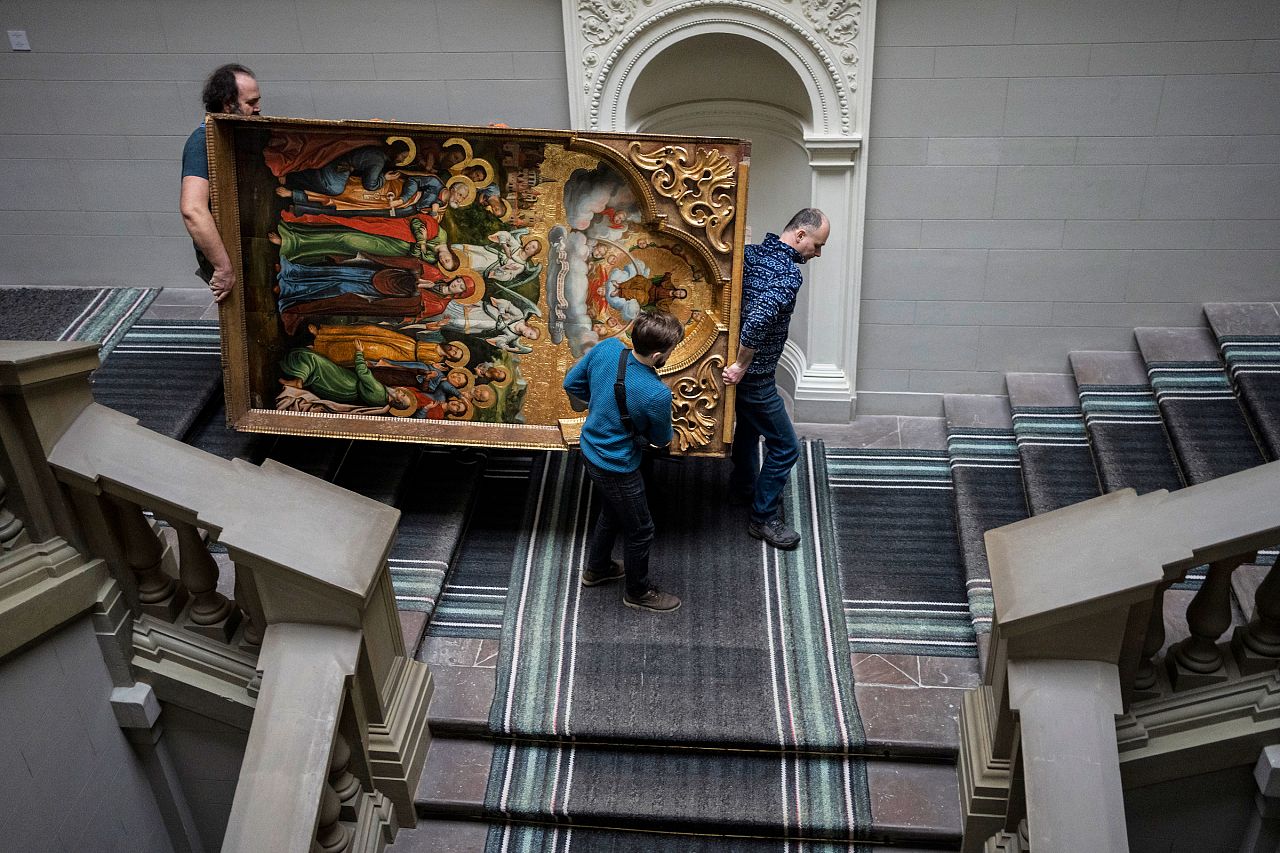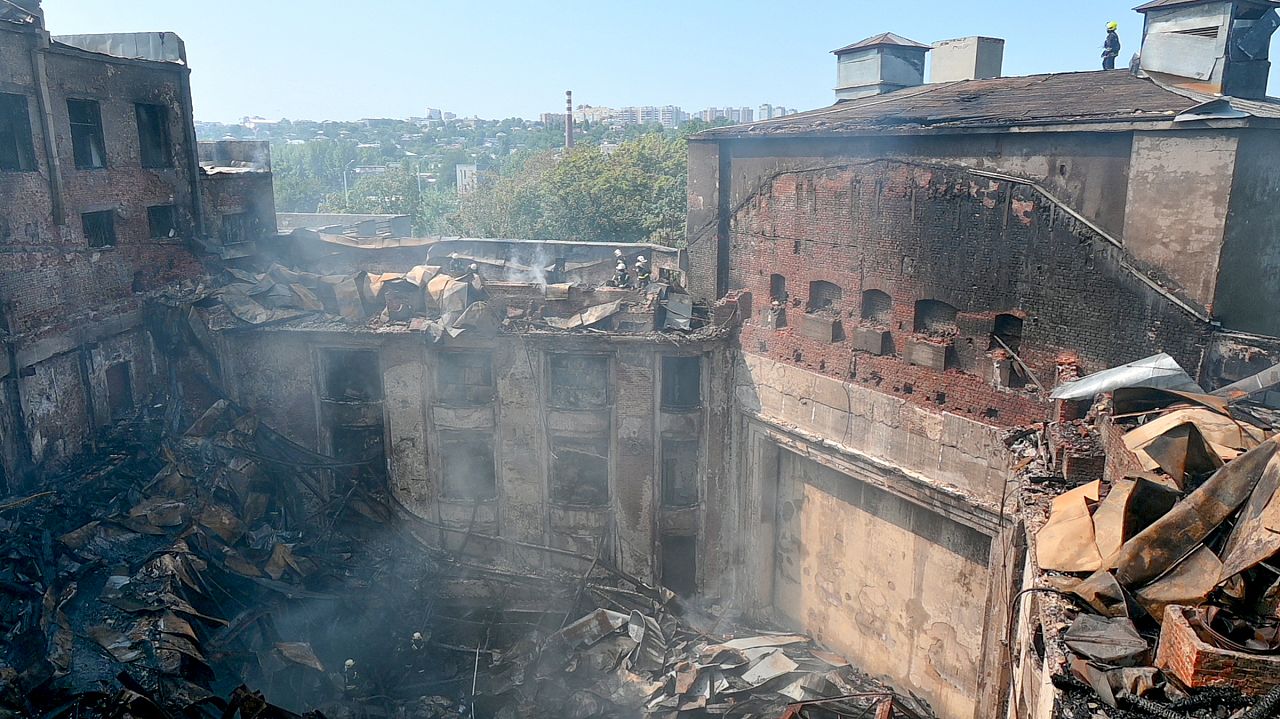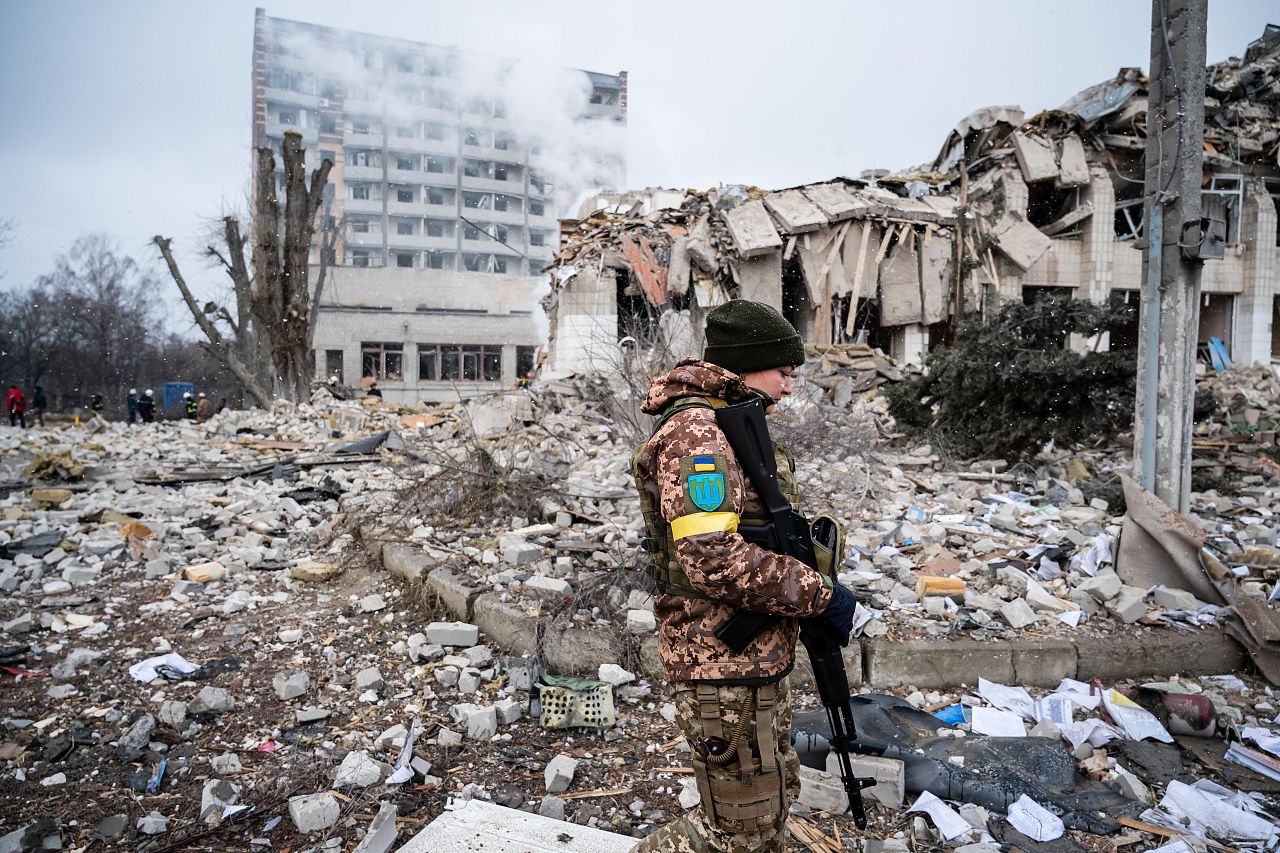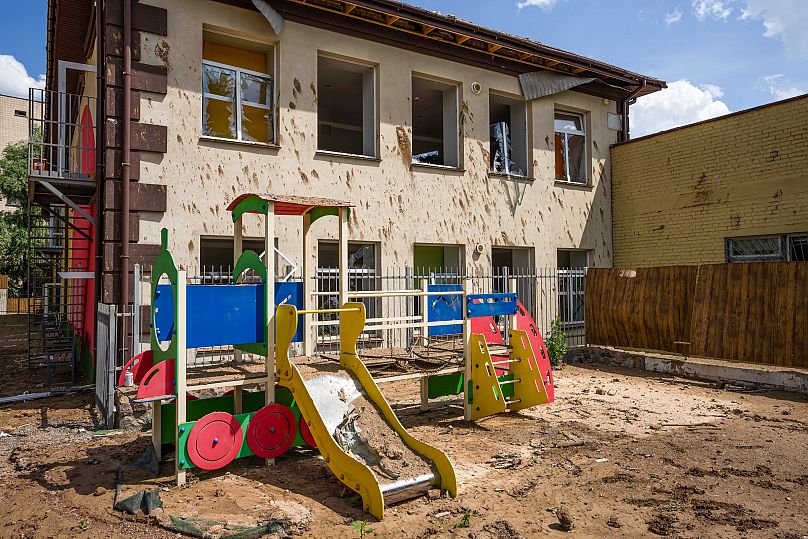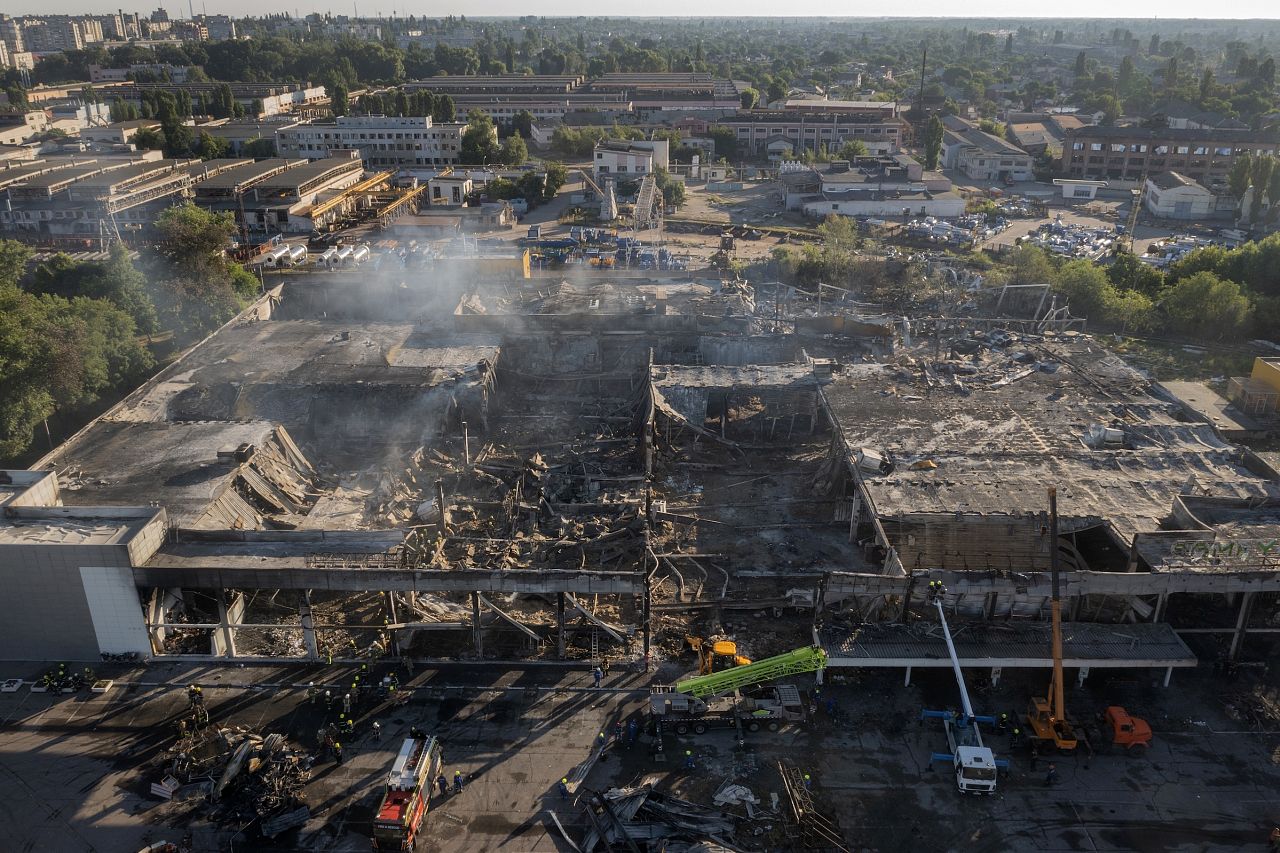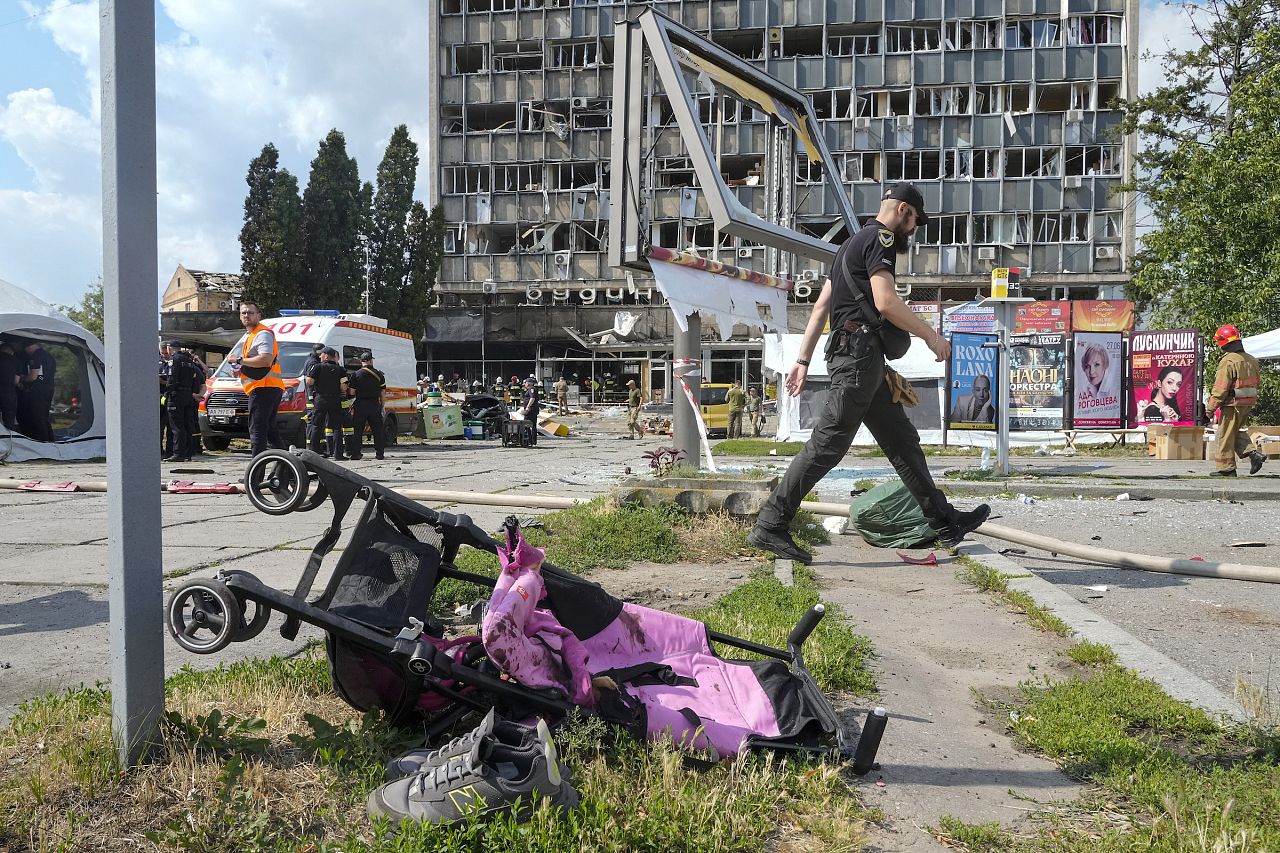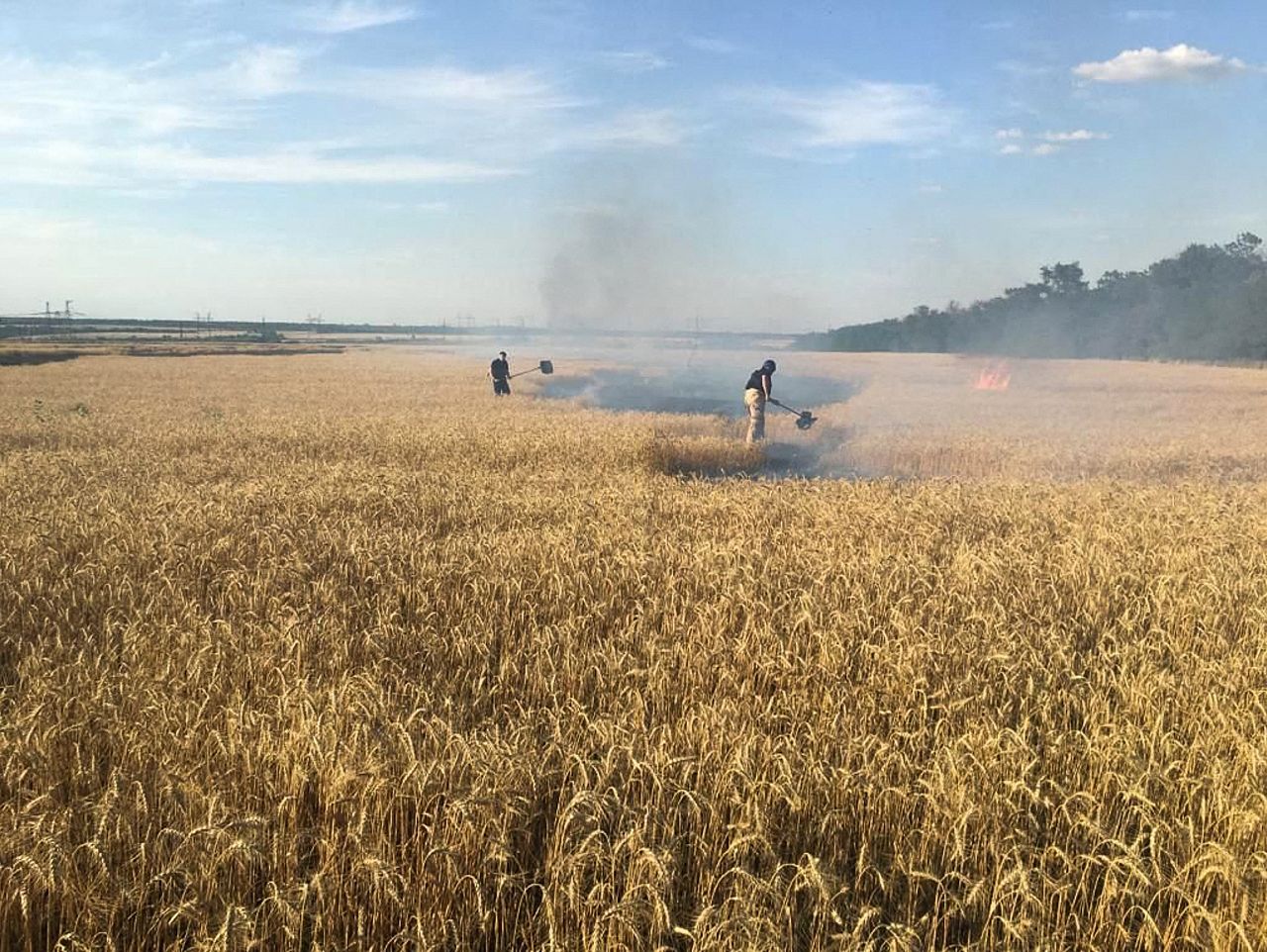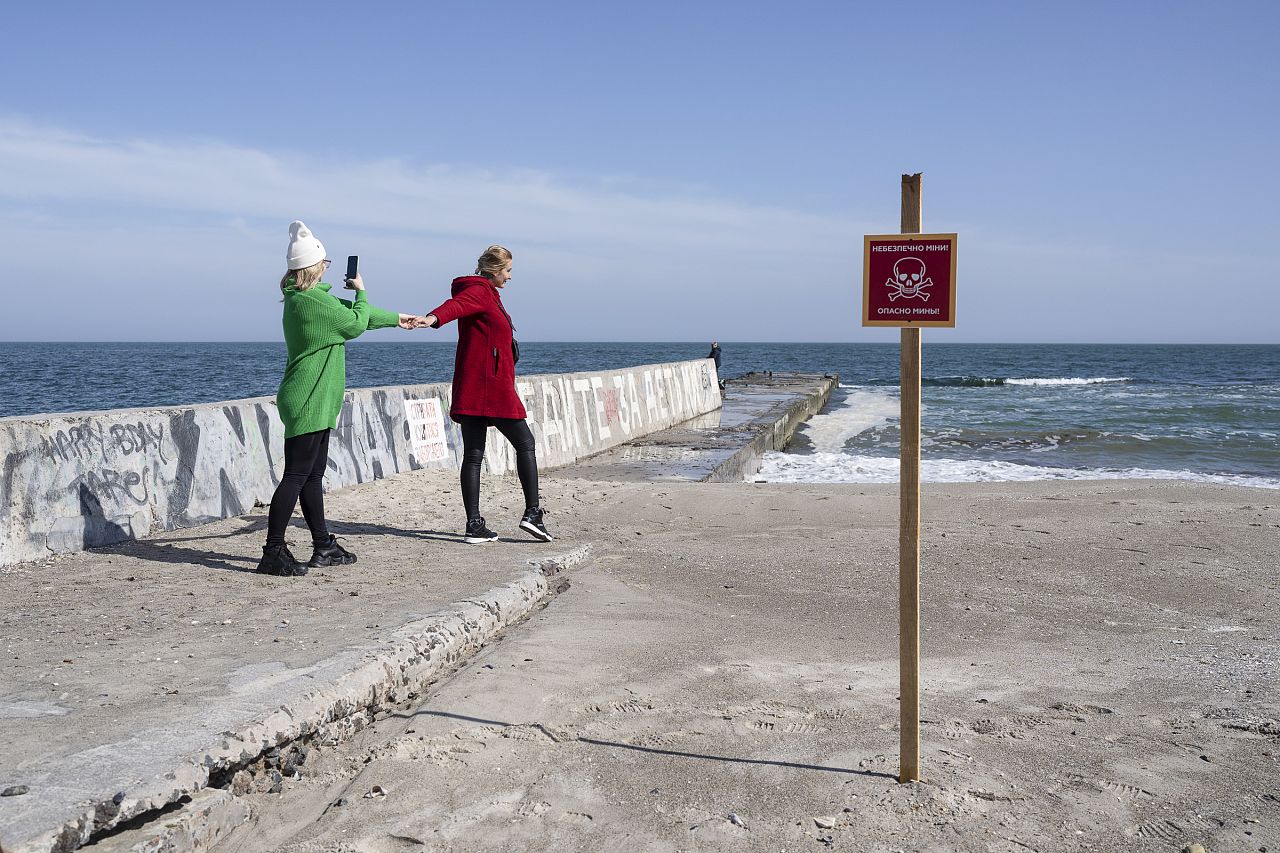Six months of war in Ukraine: 20 important stories in pictures
After six months of war in Ukraine here are some of the most significant stories of this war in pictures.
It is six months since Russia's full-scale invasion of Ukraine. News that shook the world kept coming such as the news of civil infrastructure destruction, killing, the alleged use of forbidden munitions, and a threat of nuclear disaster. The war in Europe, the scale of which nobody could imagine, is impacting the world well outside Ukraine, asking the world to act in response.
Here are a selection of some of the most important stories of this war in pictures.
Some viewers may find the following image disturbing.
Separated families as Ukrainians leave the most dangerous areas
At least 12 million Ukrainians have fled their homes since Russia's invasion of Ukraine, mostly women and children.
Kyiv suburbs evacuation and shot cars
The attempts of many civilians to reach safety ended up in tragedy. The evidence shows Russian troops shooting unarmed civilians in the cars outside Kyiv. Some fleeing for their lives were targeted and killed on the pavements. The evacuation of civilians from Kyiv satellite towns like Irpin lasted for many days and was extremely dangerous for everybody involved.
Life in the underground shelters
During the first months of the war, many civilians ran for safety in the underground shelters. Not many places in big and small towns were really prepared to serve as such shelters. The metro system of Kyiv and Kharkiv was the safest place to hide, some people stayed in the underground parking of their buildings, cellars of multi-storey and private houses. Some Ukrainians remained in such shelters for many weeks, especially in the heavily hit cities, like Kharkiv and Mariupol.
Backyard graves
Many civilians that were killed during the heavy fighting in and around Kyiv, Mariupol and other towns were buried in the backyards of private houses or in the courtyards of multi-storey buildings.
Volunteers movement
The mobilisation of Ukrainians to fight back against invasion impressed the world. Besides, financial and blood donations, many civilians keep risking their lives to evacuate people in the different parts of the country, focused on preparing and supplying food provision to the frontline and helping bury the dead. Ukrainians donated money to purchase important tactical equipment and even bought a satellite.
Maternity hospital bombardment in Mariupol
This photograph of the maternity hospital bombing in Mariupol was on newspaper front pages around the world and became one of the symbols of the alleged war crimes.
Mass graves in Kyiv suburbs and other regions of Ukraine
When the Russian forces retreated from the suburbs of Kyiv, the terrible reality of civilian suffering was revealed. In the following months hundreds of local residents were looking for the bodies of their loved ones, clearing mines, exhuming bodies with burials still taking place in the Kyiv region. The mass graves are still being uncovered in other regions of the country too.
Zelenskyy as a hero for the West
In the first weeks of the war, Ukraine's president was offered safe transport out of the country by the United States. But he stayed in Kyiv. Due to this and his frequent addresses to the nation and the world's leaders, he became a hero and a symbol in the West of Ukraine's resistance against invasion.
Kramatorsk railway station attack
The missile attack that targeted the Kramatorsk railway station during an ongoing evacuation from eastern Ukraine claimed 59 lives, 6 children among them.
Nuclear threat
Nuclear safety has been an issue from the first days of the war when the Russian forces moved towards Kyiv from the north. Control of the Chornobyl nuclear plant was regained by the Ukrainian forces but one of the biggest nuclear power plants in the world, located near Zaporizhzhia, remains under Russian control. The shelling around the plant caused fears of a possible nuclear catastrophe.
The second biggest city in the country under constant shelling
Kharkiv, the second biggest city in the country, endured relentless shelling. Especially its residential area Saltivka located in the northeastern part of the city. This is one of the many places on the Ukrainian map where Russia is accused of using banned arms against the local population, such as cluster munitions and scatterable mines, Amnesty International reports.
Destruction of Mariupol
Mariupol, which once had a population of almost half a million people and was an important industrial centre of Ukraine, was almost completely destroyed by Russia's persistent shelling since February. The heating, electricity and water supplies were cut off in the end of winter and many civilians died from the lack of food, access to water or from hypothermia. Later the local drama theatre where at least 1200 people hid from the constant shelling in the hope of evacuation was hit by a Russian missile. The early estimates talked of 300 deaths. Now, according to AP, the evidence points to 600 lives lost.
Siege of Azovstal steel plant, Ukrainian Mariupol defenders taken as prisoners
The defenders of Mariupol, among them the fighters of the Azov regiment, were besieged in the local steel plant for many weeks without proper access to food or drinking water. Eventually, they were given the order to surrender and taken as prisoners of war to the territories controlled by Russia-backed separatists. The Ukrainian authorities promised to liberate them from captivity via a prisoner exchange. But their families have received no positive news so far.
Olenivka tragedy
After being taken from the Azovstal steel plant some of the Mariupol defenders were kept in the prison of Olenivka. The detainees were almost never heard from and human rights organisations do not have access to them. Another heavy blow for relatives was the explosion in the prison where many soldiers from Azovstal were being held. It claimed at least 50 lives. The authorities of the self-proclaimed Donetsk People's Republic have banned international investigators from site.
Assault on the east
Having retreated from the suburbs of Kyiv, after failing to take the Ukrainian capital, Russia threw its forces to Ukraine's east. Sloviansk, Kramatorsk, Sievierodonetsk, Kreminna, Lysychansk and many other local towns already made international news in 2014 and 2015 when Ukrainian forces successfully fought to claim them back from the control of Russia-backed separatist militia. Since then, with the support of international humanitarian organisations and the Ukrainian government, these towns have become the centre of the administrative, social and business life of the Ukrainian east. Today Russia's efforts to occupy these territories brought much destruction.
Destruction and defence of cultural heritage
Almost 200 historic and cultural sites have been damaged or destroyed in Ukraine since the beginning of the war, UNESCO reports. Among them are museums, churches, and cultural centres.
Education under attack
More than 2100 education institutions have suffered destruction since the beginning of February, and more than 250 have been completely destroyed, The Ministry of Education and Science of Ukraine reports.
Kremenchuk and Vinnytsia civil infrastructure attack
One of the most deadly airstrike on a Ukrainian city to date hit a busy shopping mall in Kremenchuk. 18 people died and another 36 are considered missing. Another 23 lives, among them children, were lost in the airstrike on a predominantly calm west-central town of Vinnytsia.
The burning and stolen crops
Ukrainian authorities accuse Russia of dropping rockets to burn wheat fields that farmers managed to grow despite the threat that came from unexploded ordnance and other difficulties this spring. Kyiv says Russia has also stolen its grain stored on the territories now occupied by Russia and sold abroad.
Mines contamination
Multiple reports have emerged of Ukrainians being killed by mines in residential areas, beaches and forests. Experts say it will take decades to clean the country of the unexploded ordnance.











